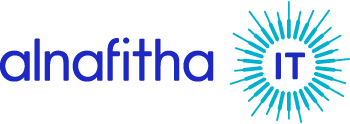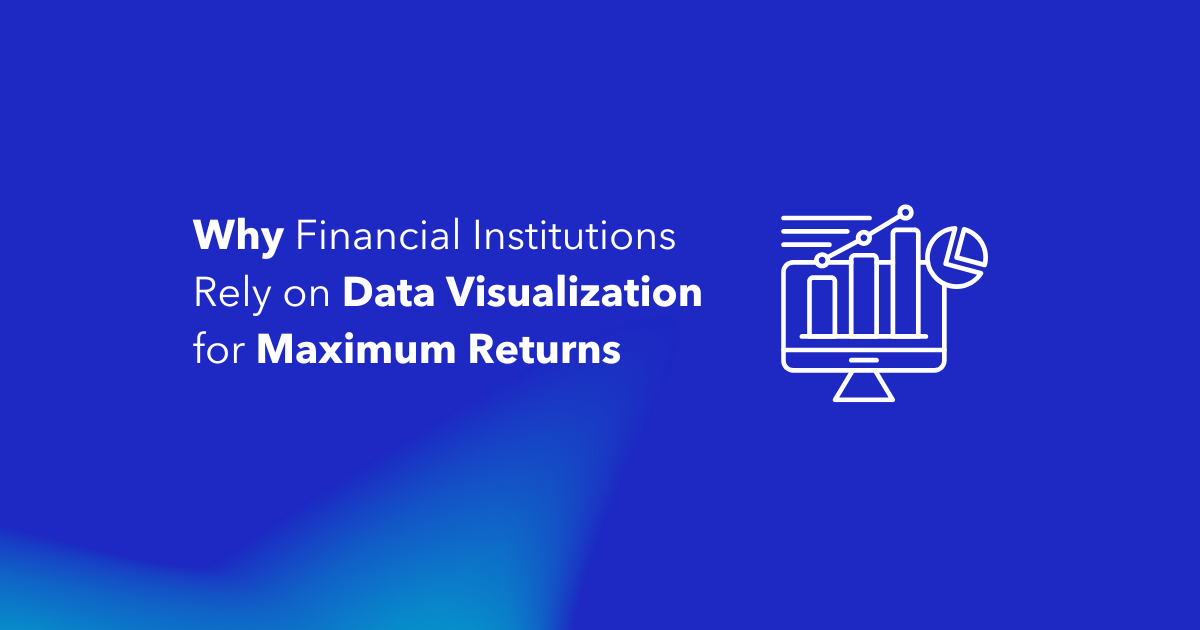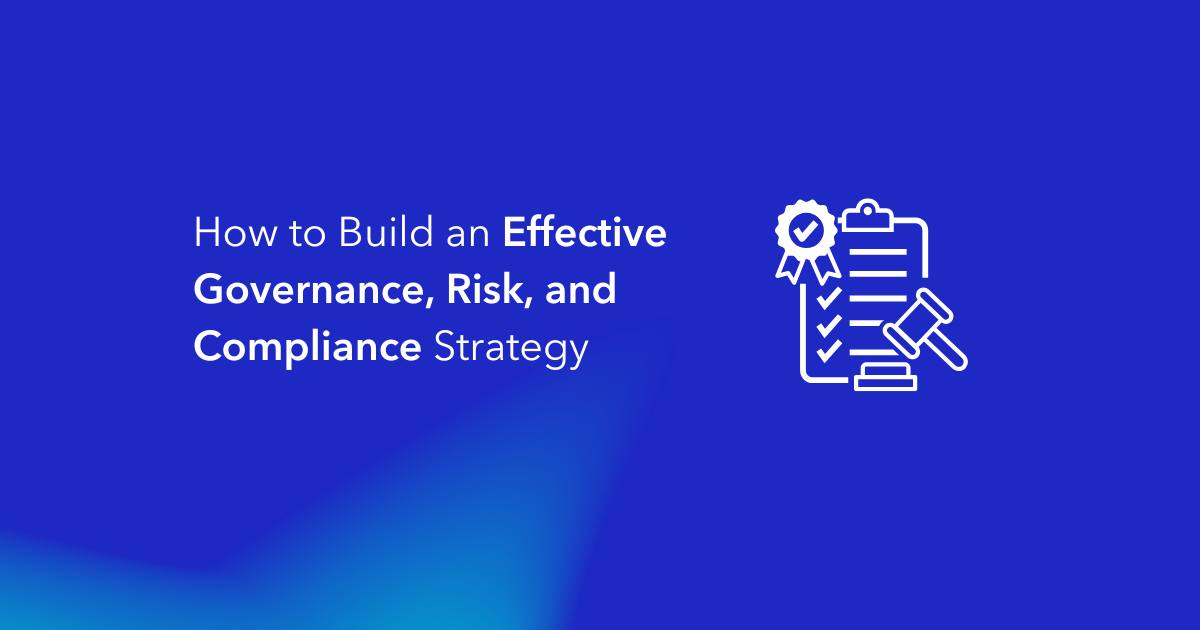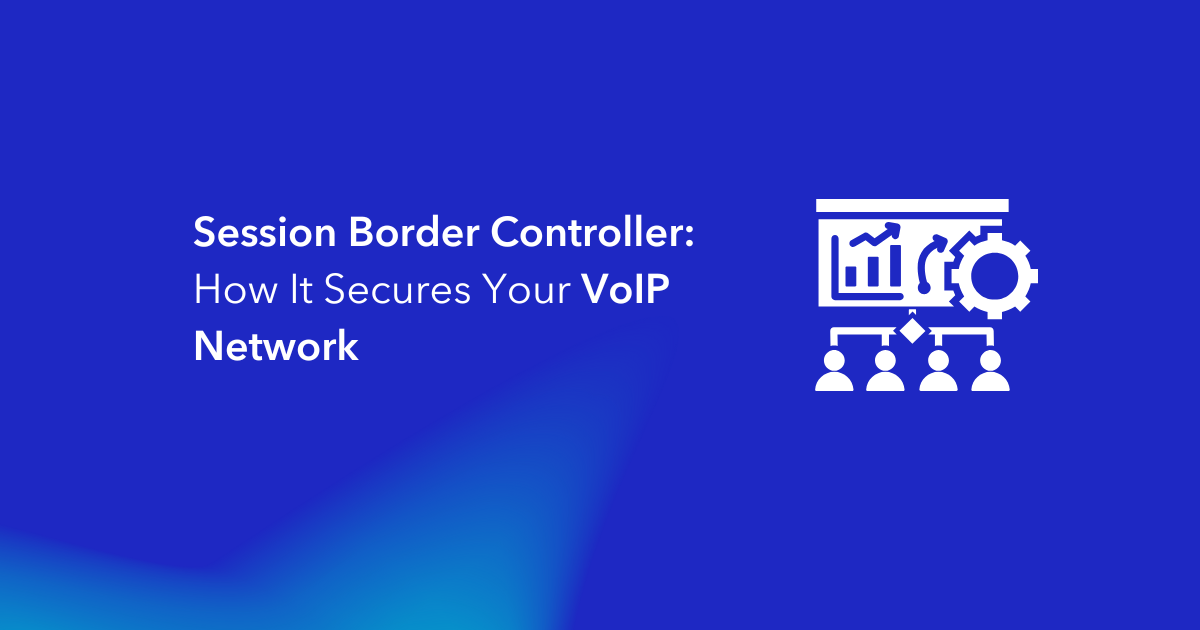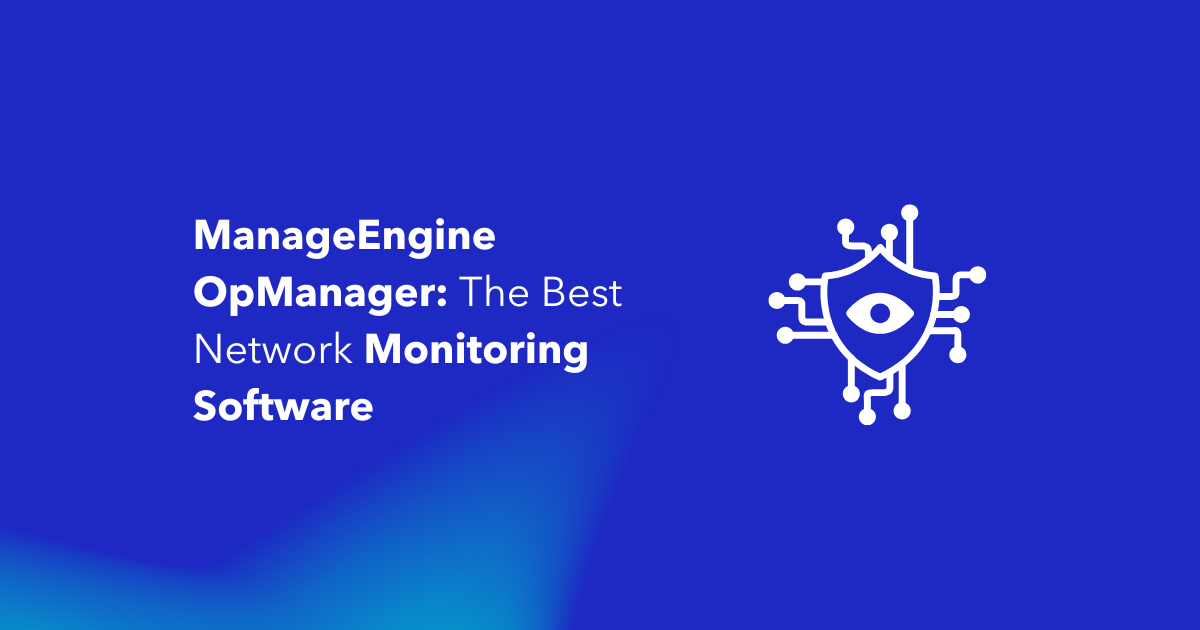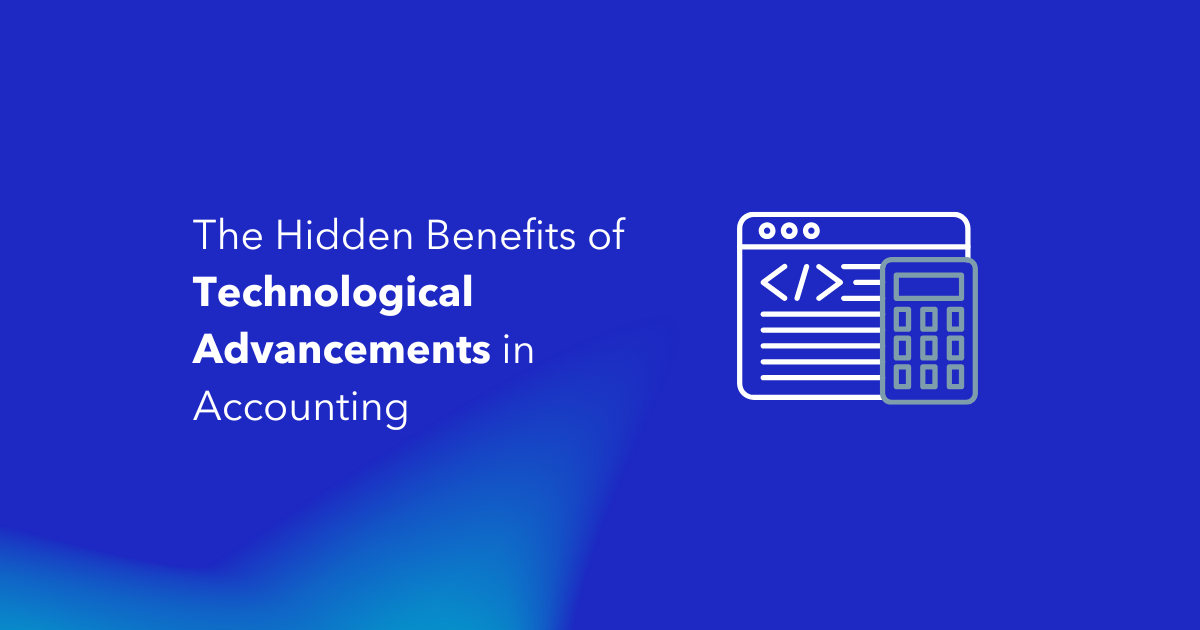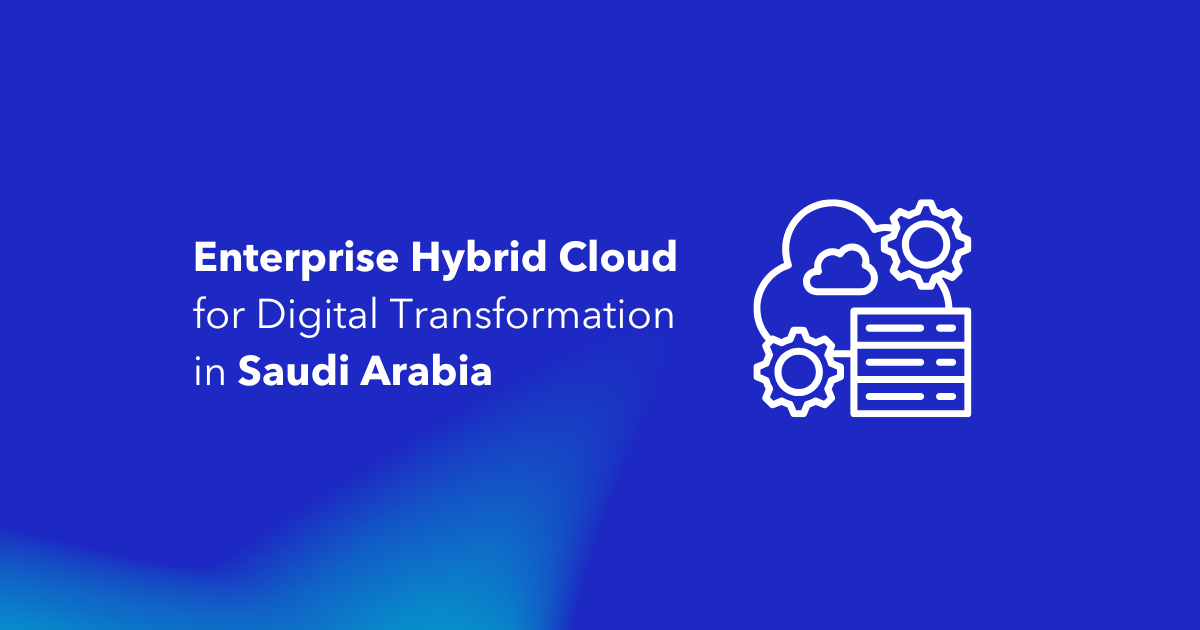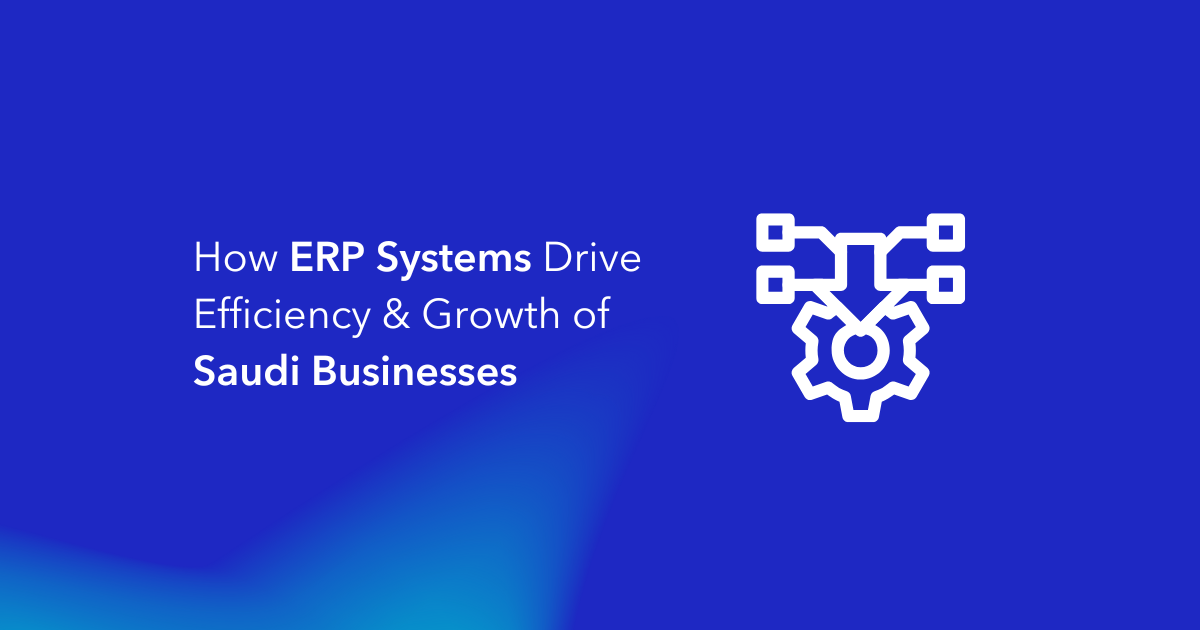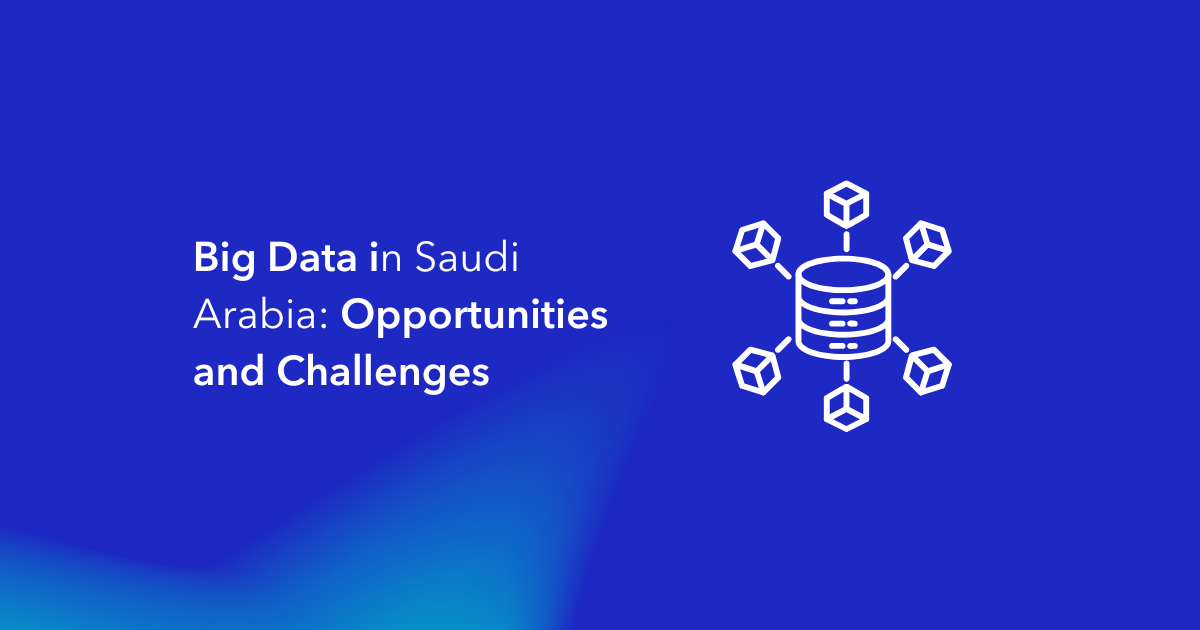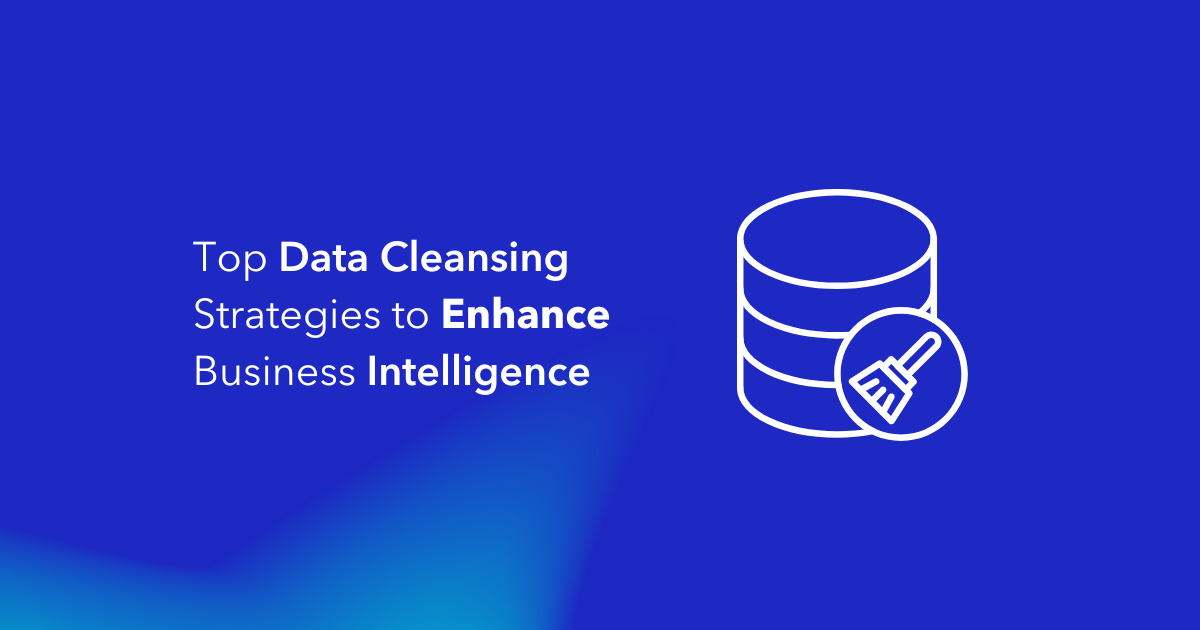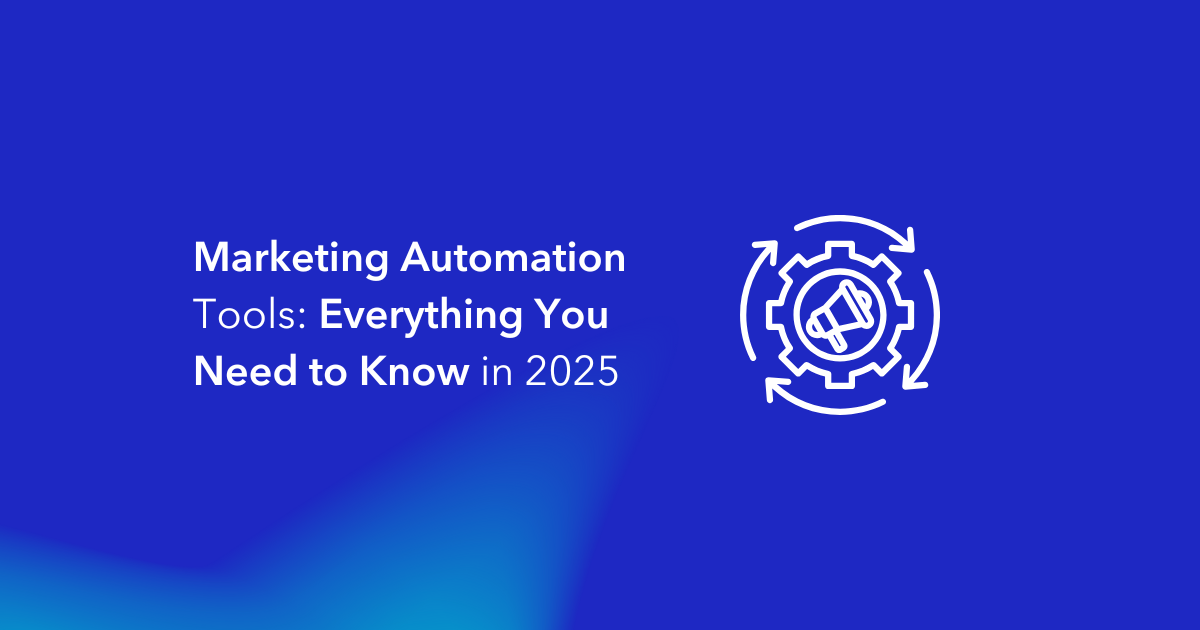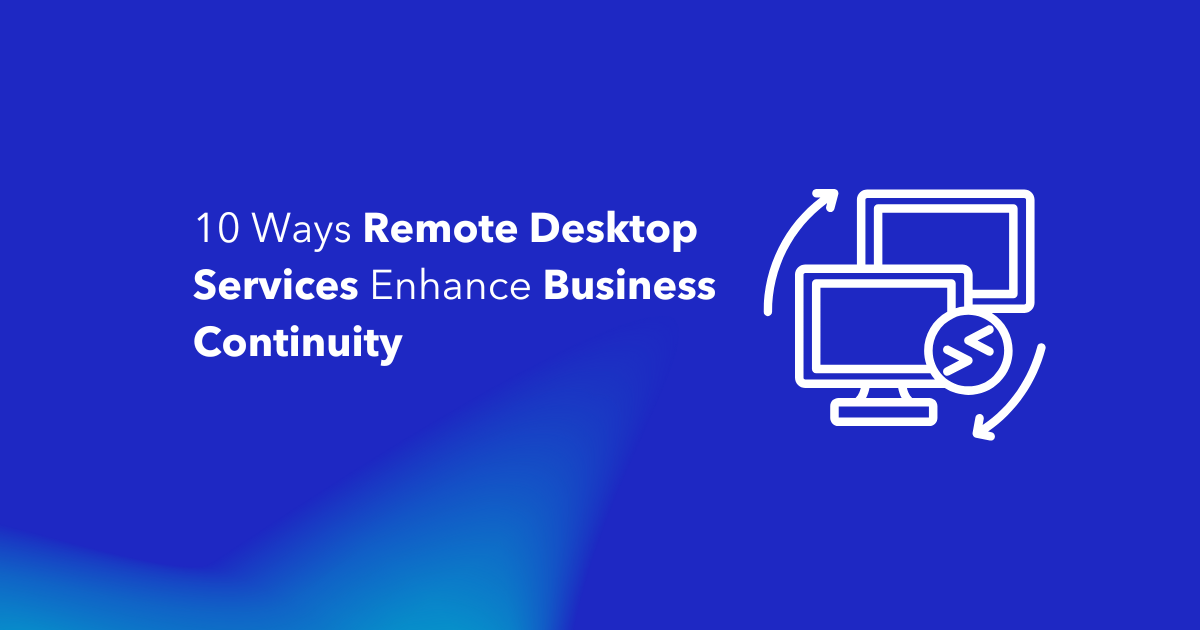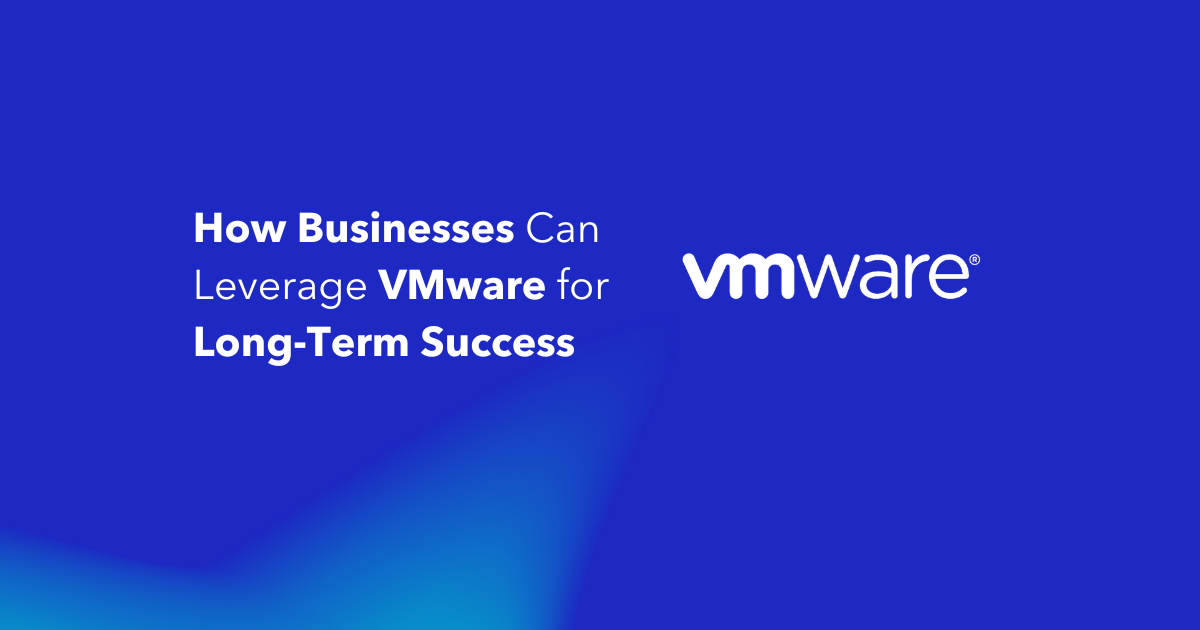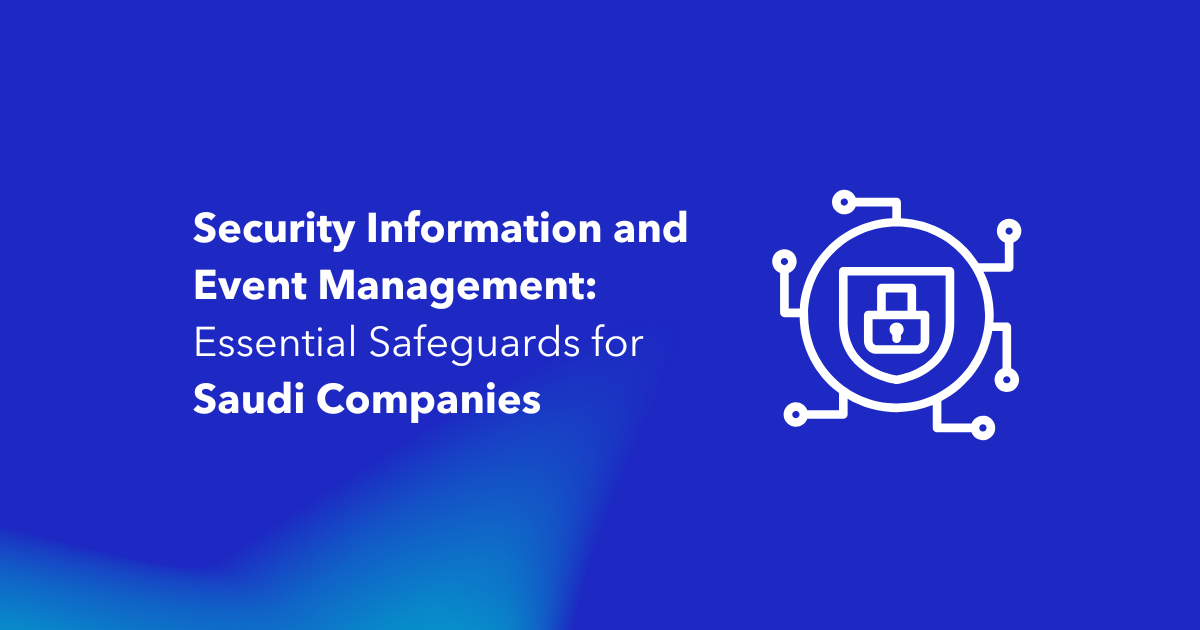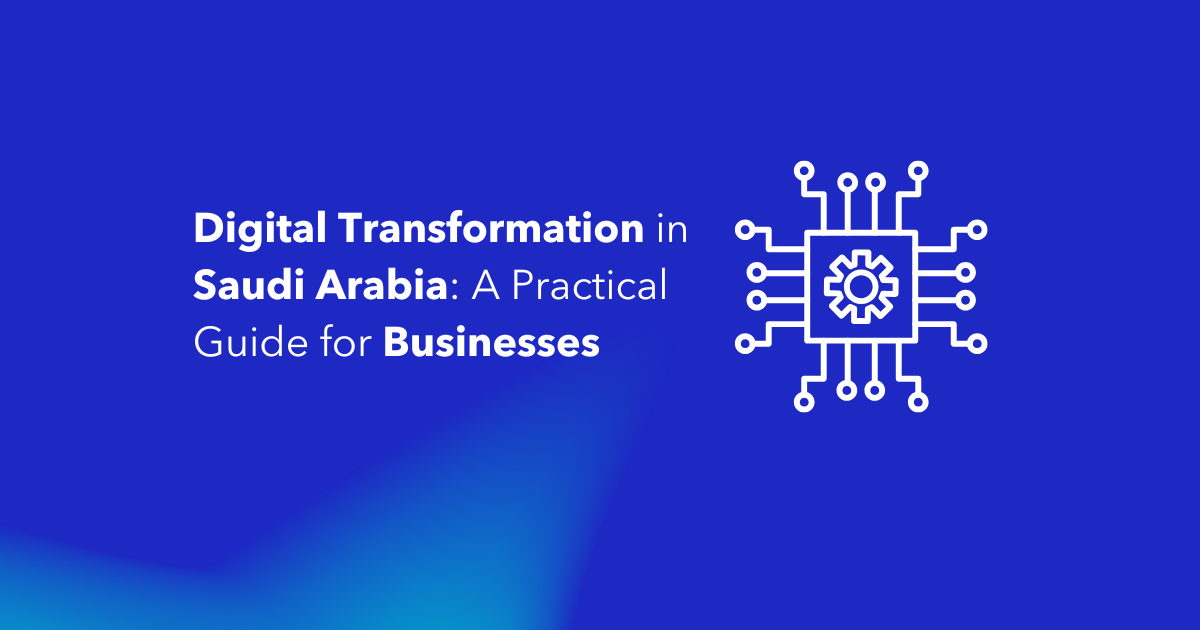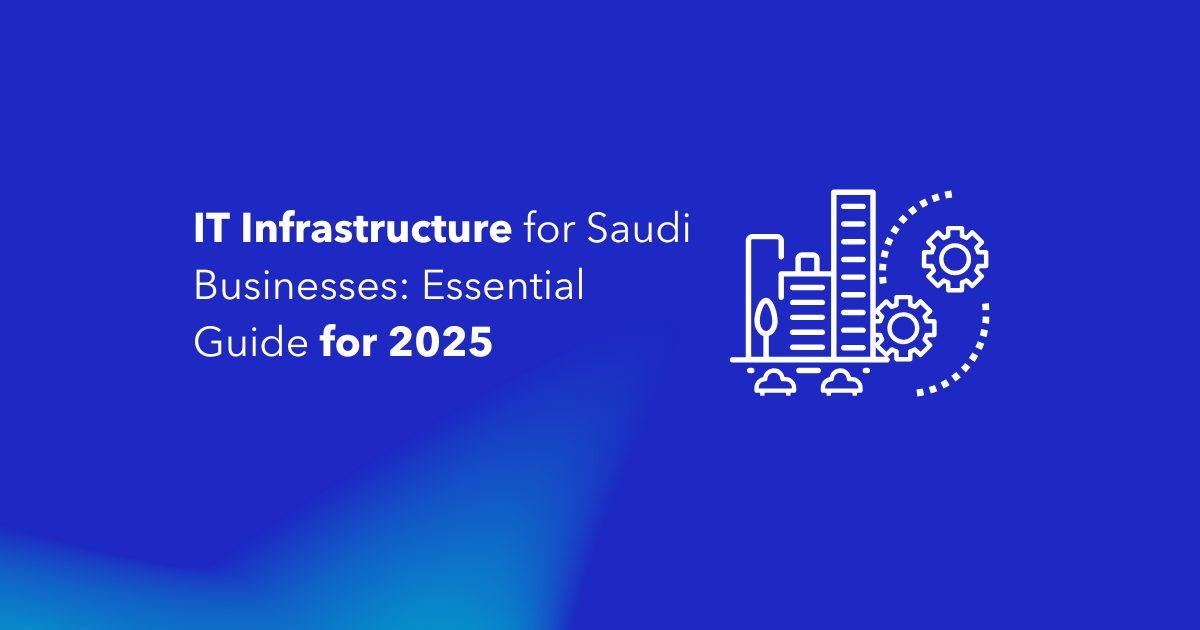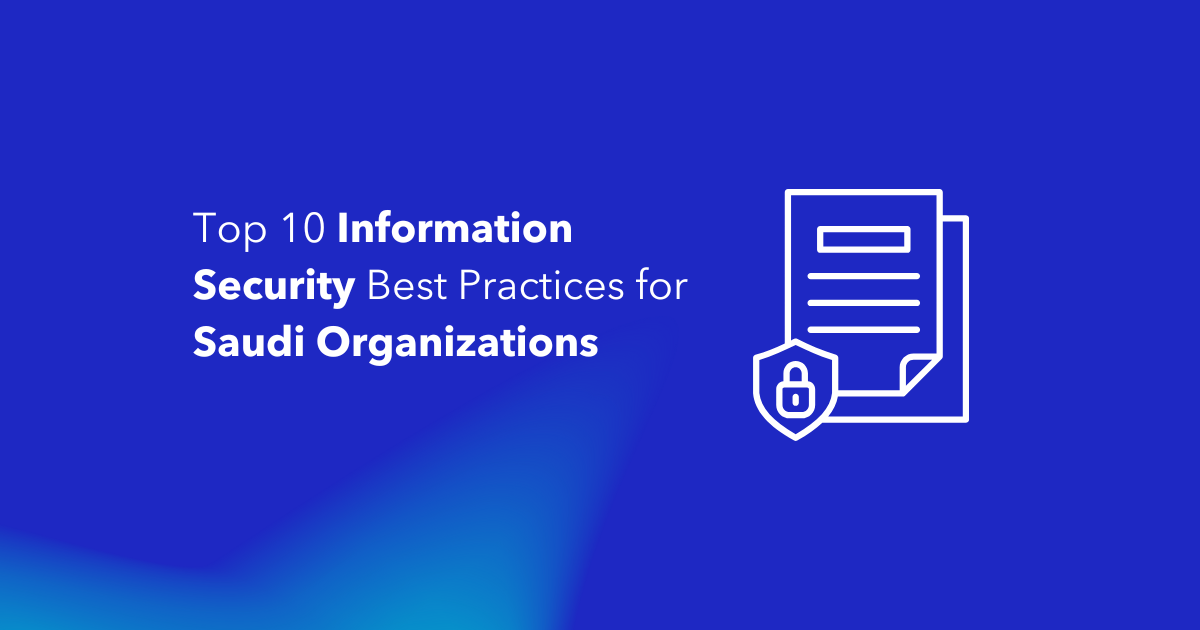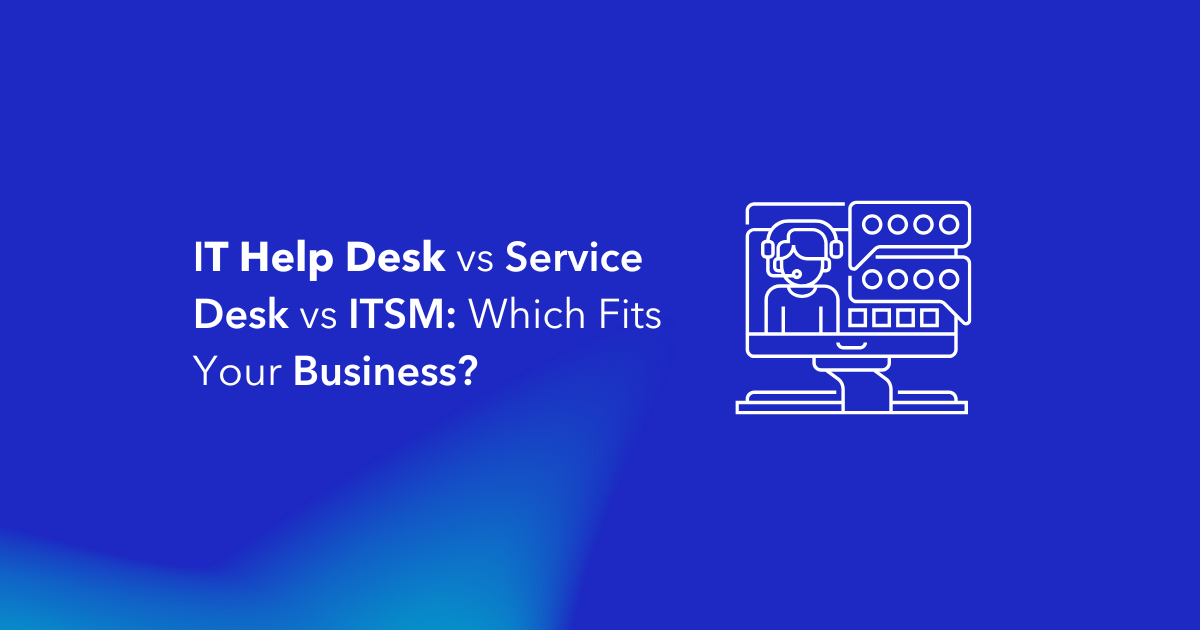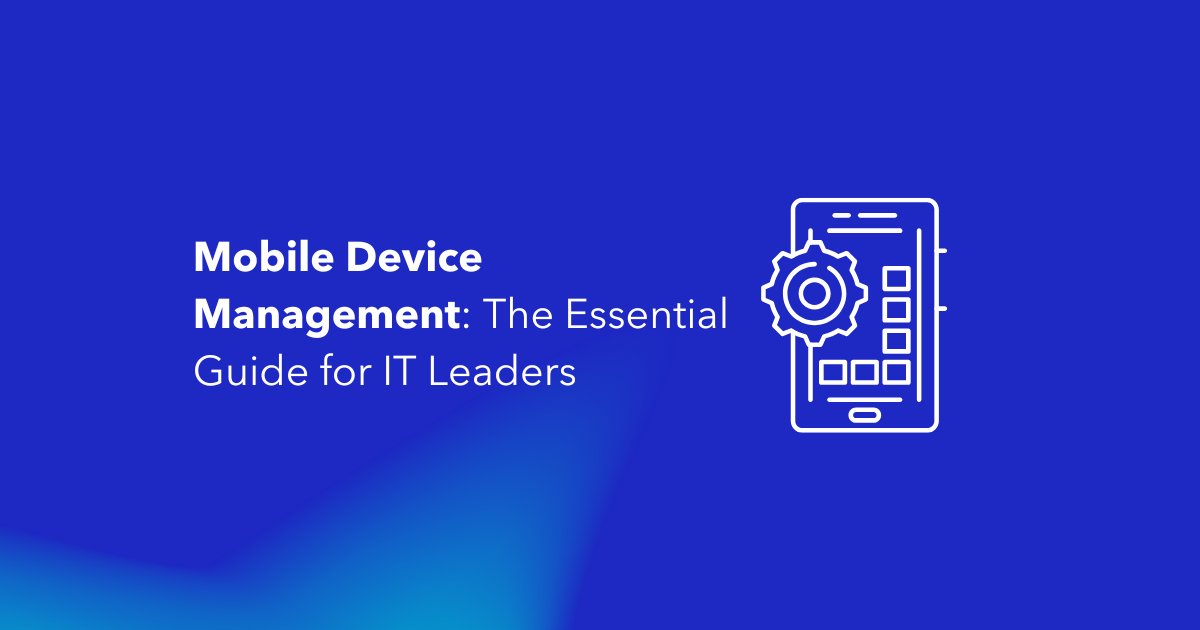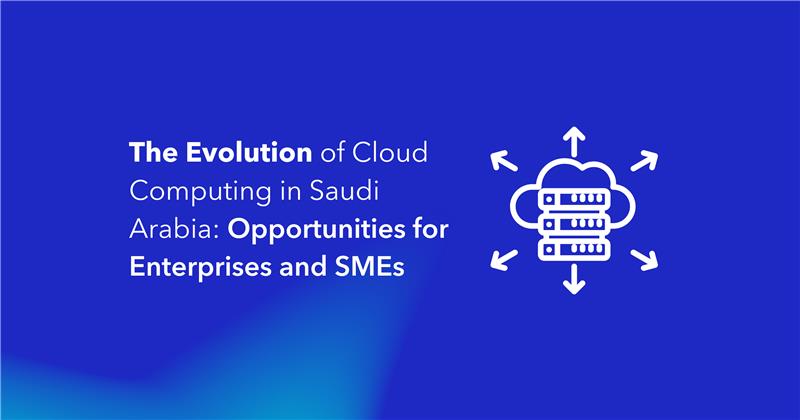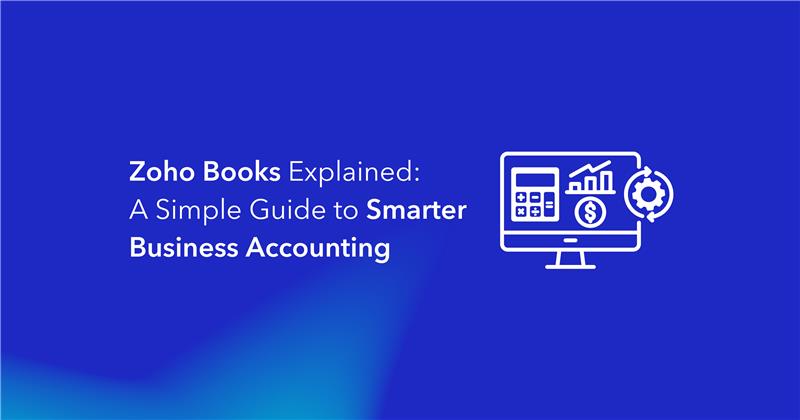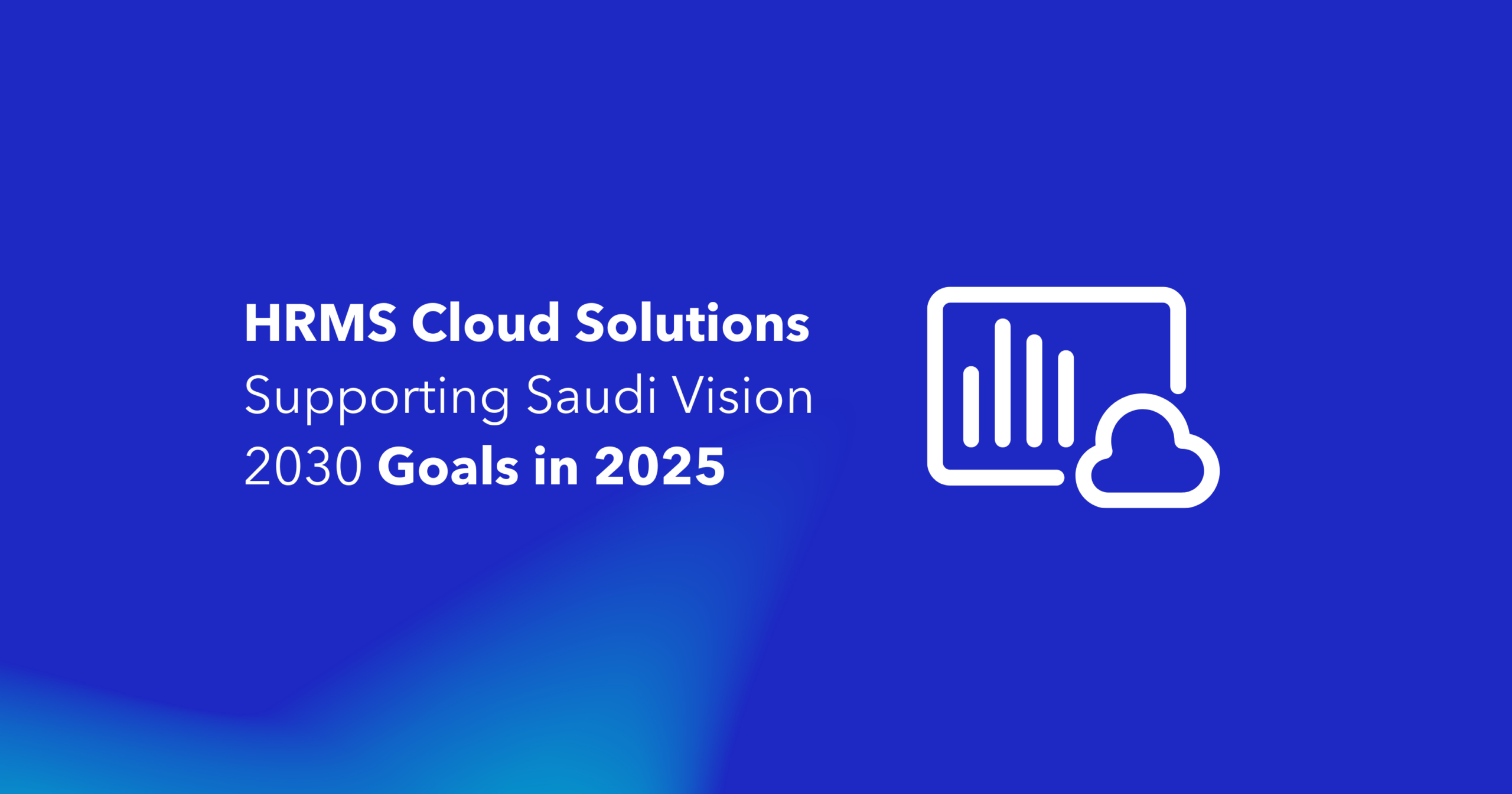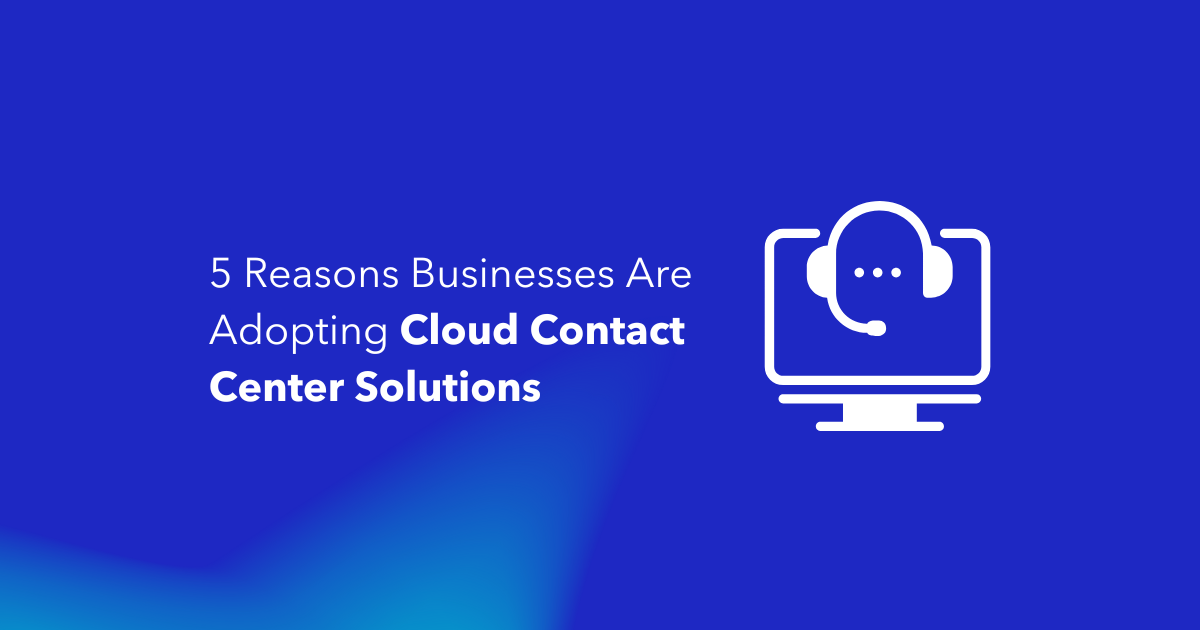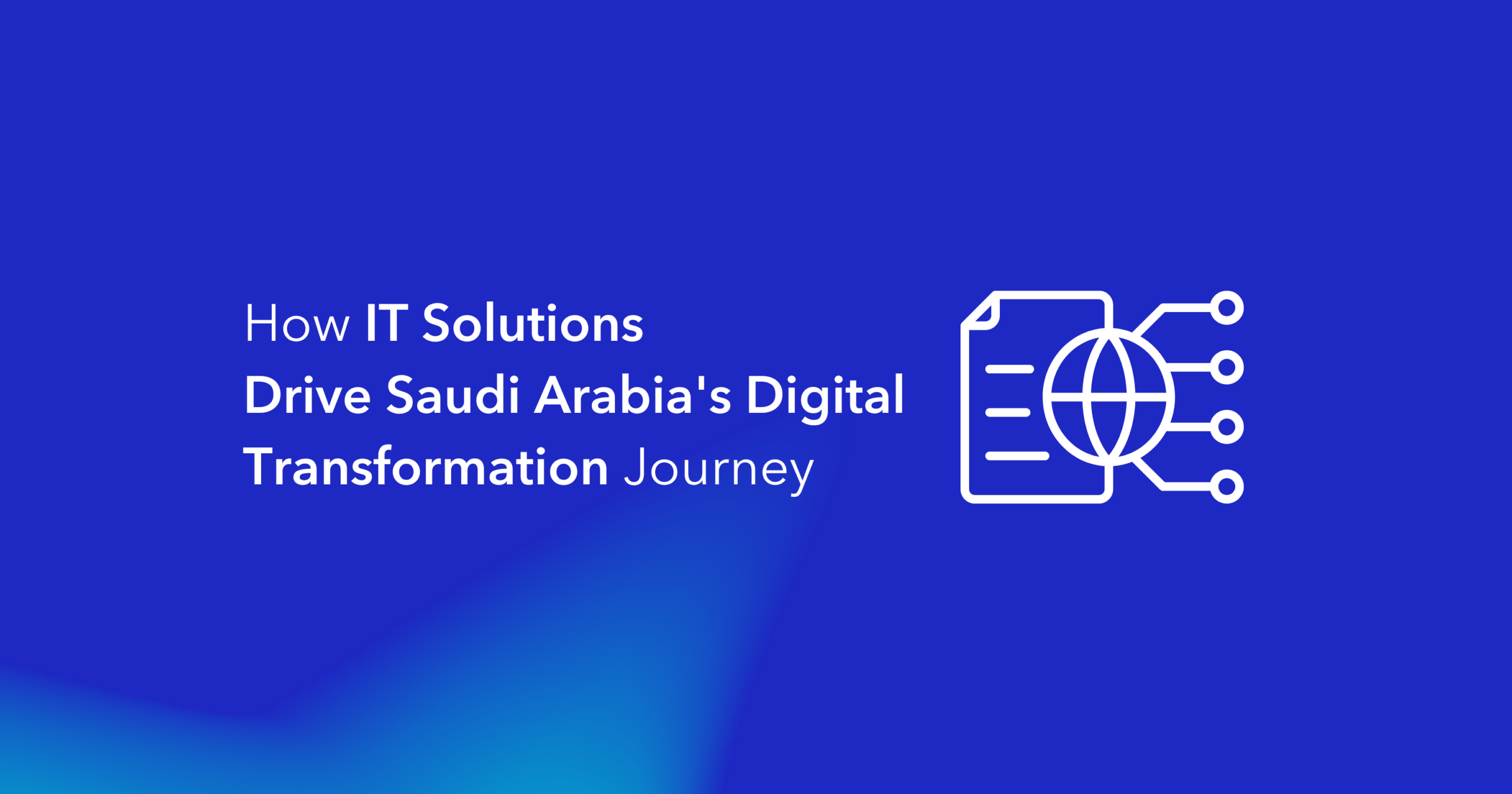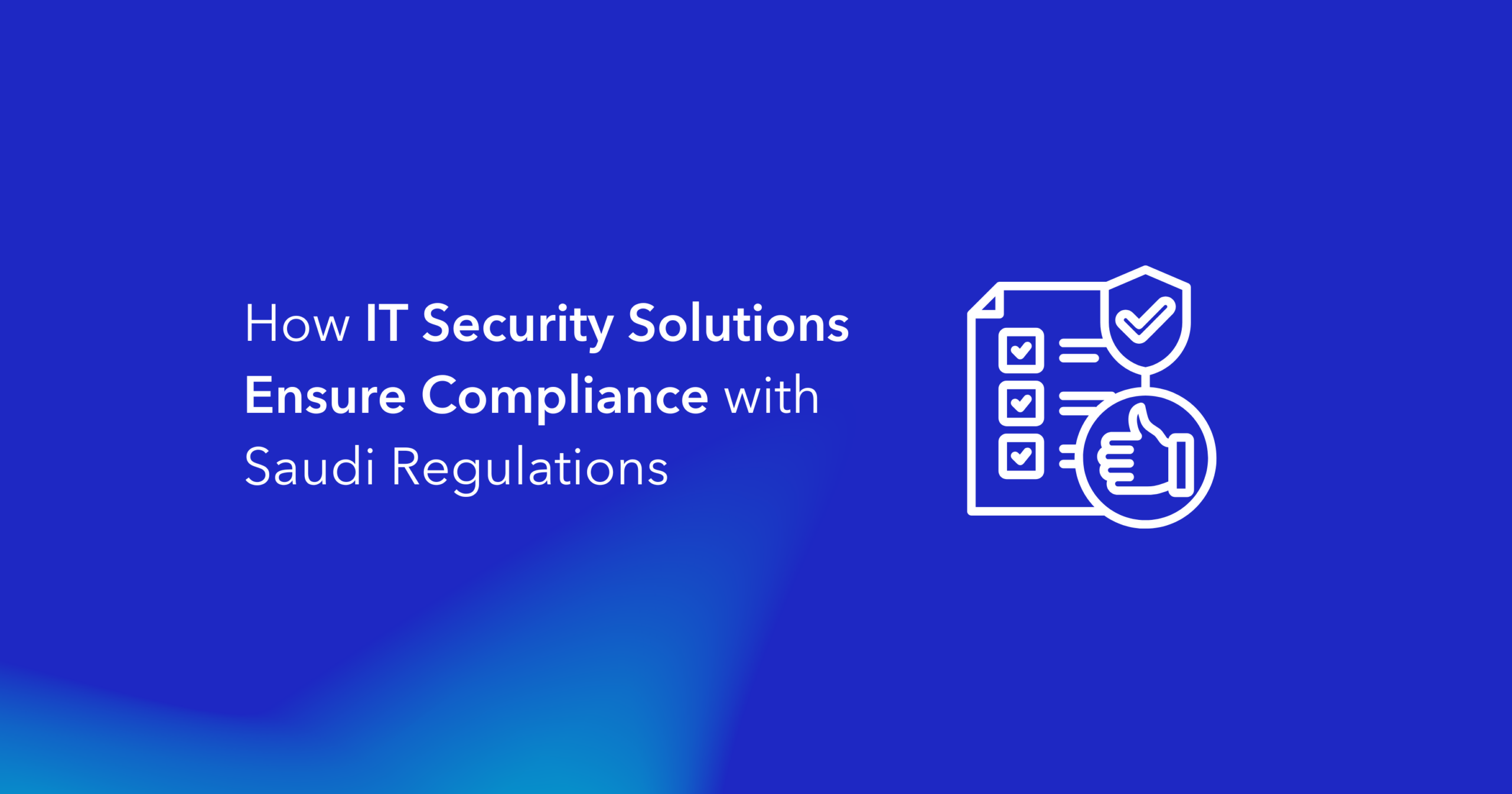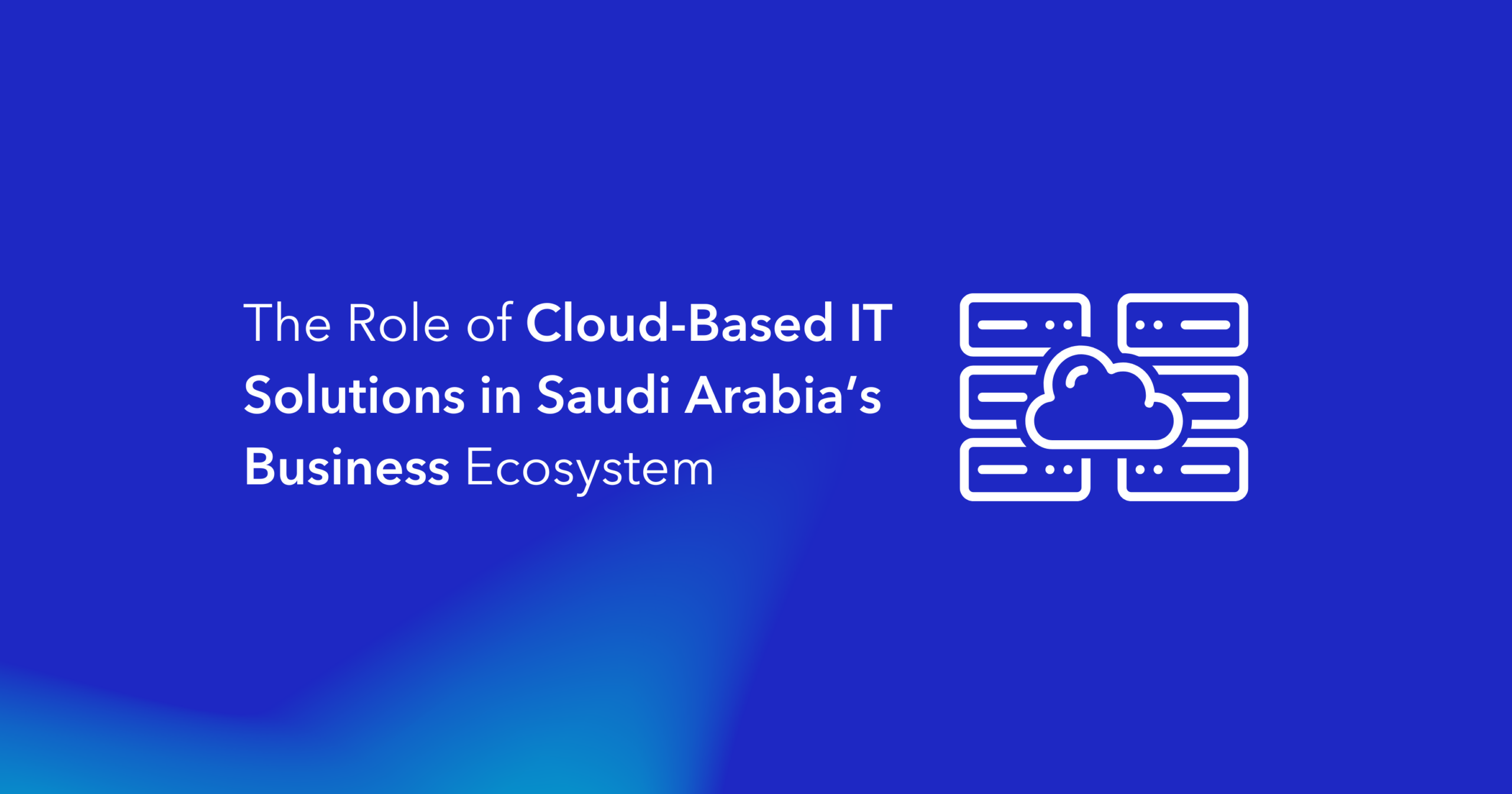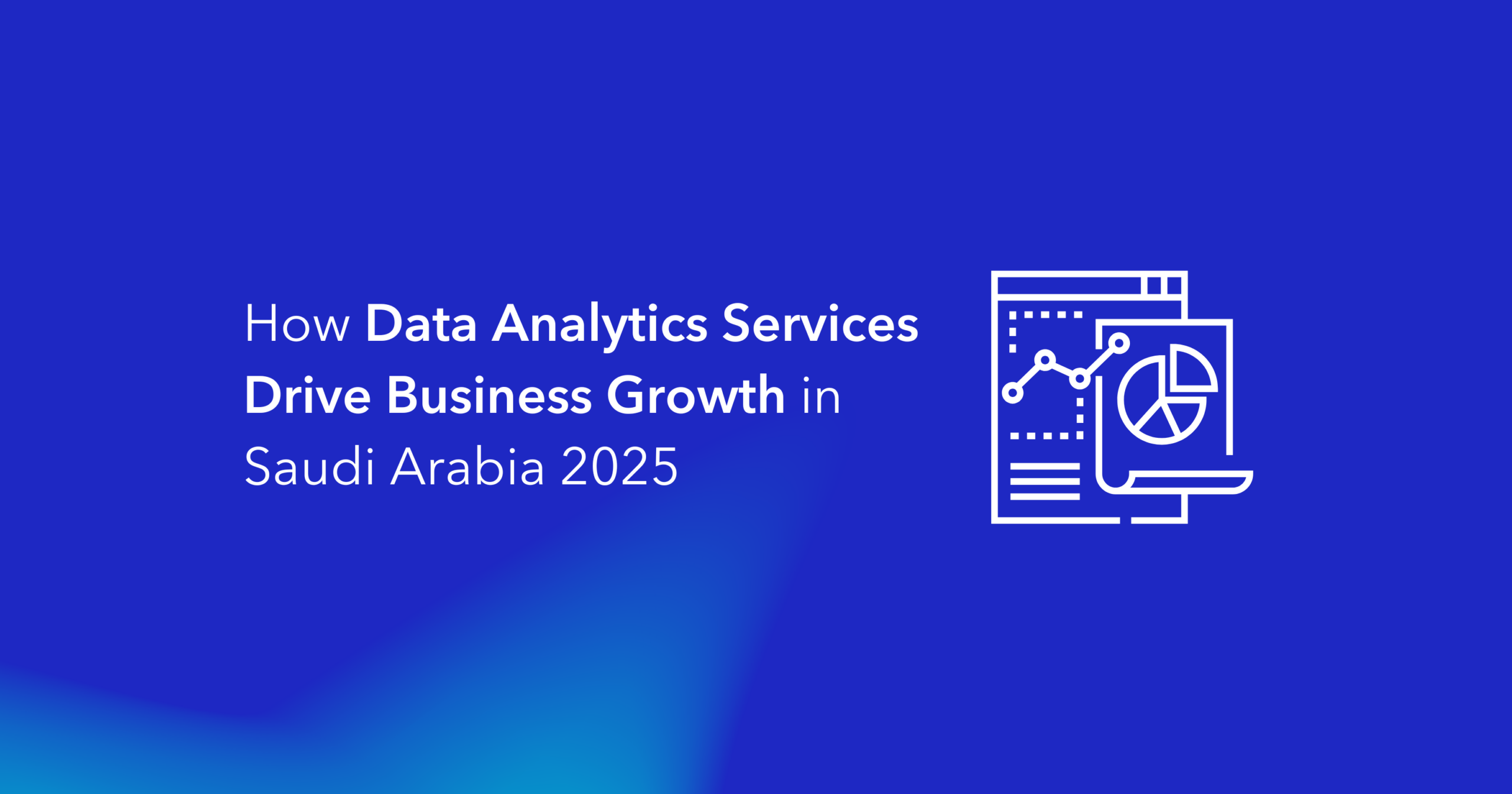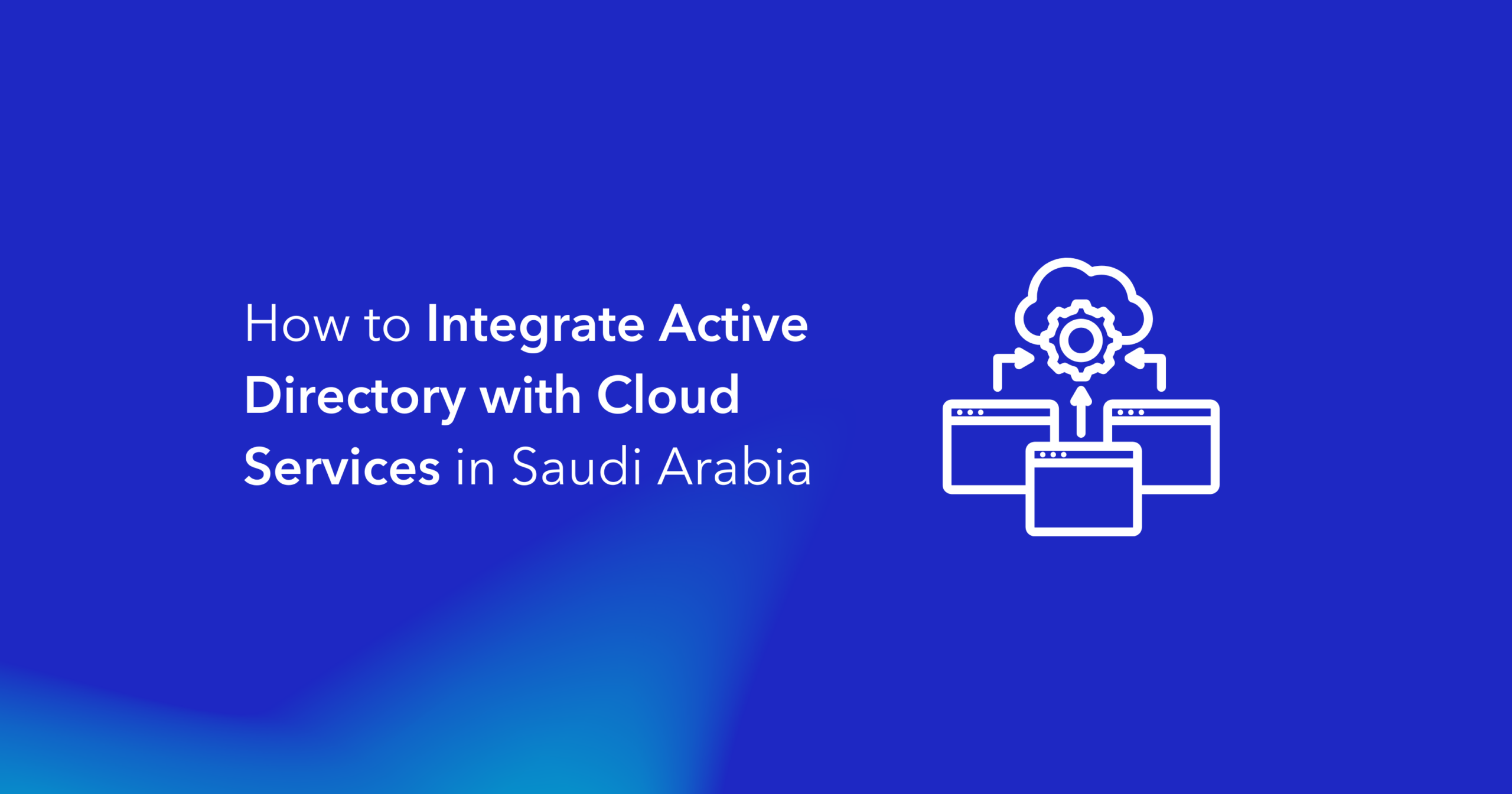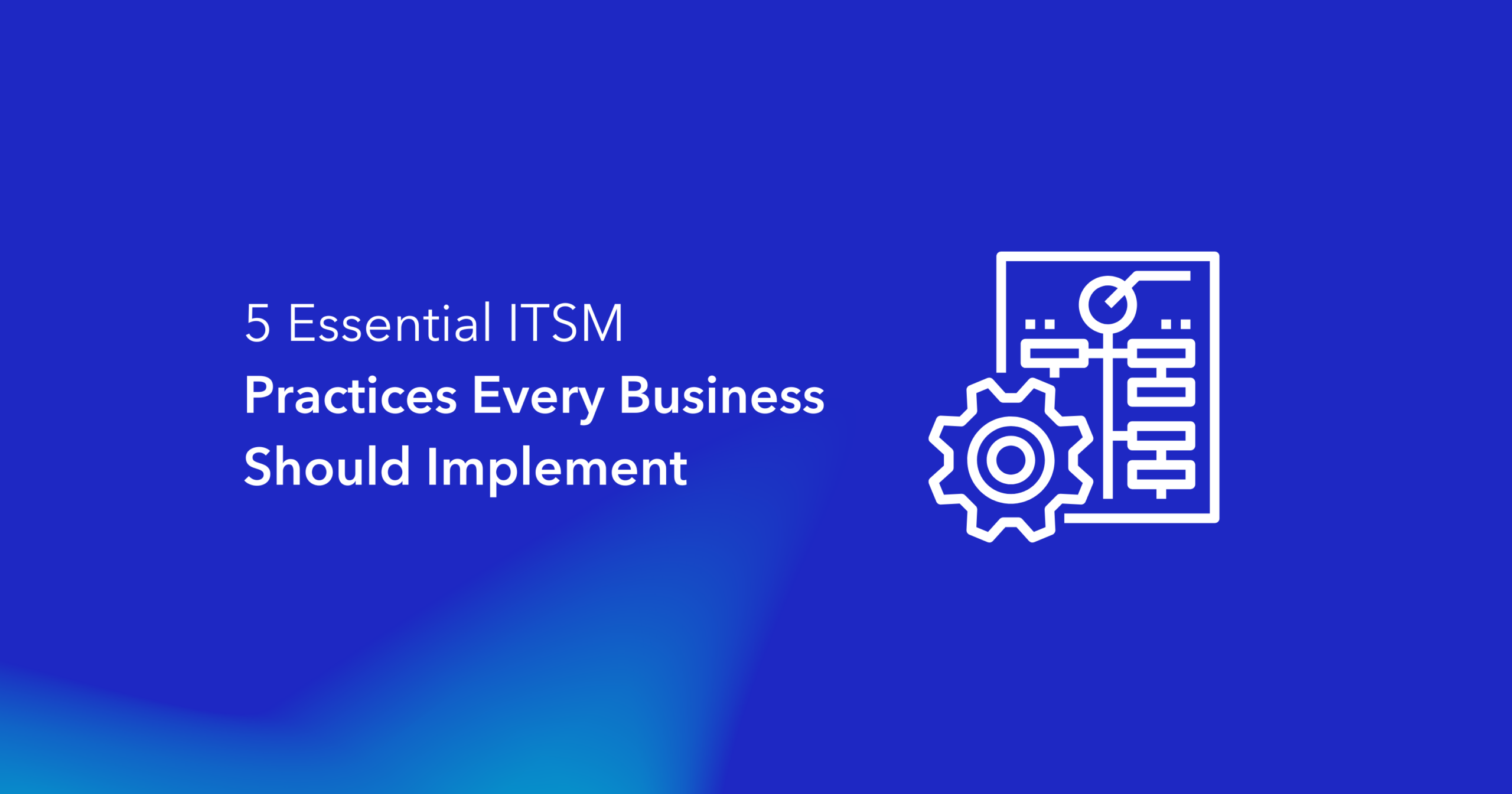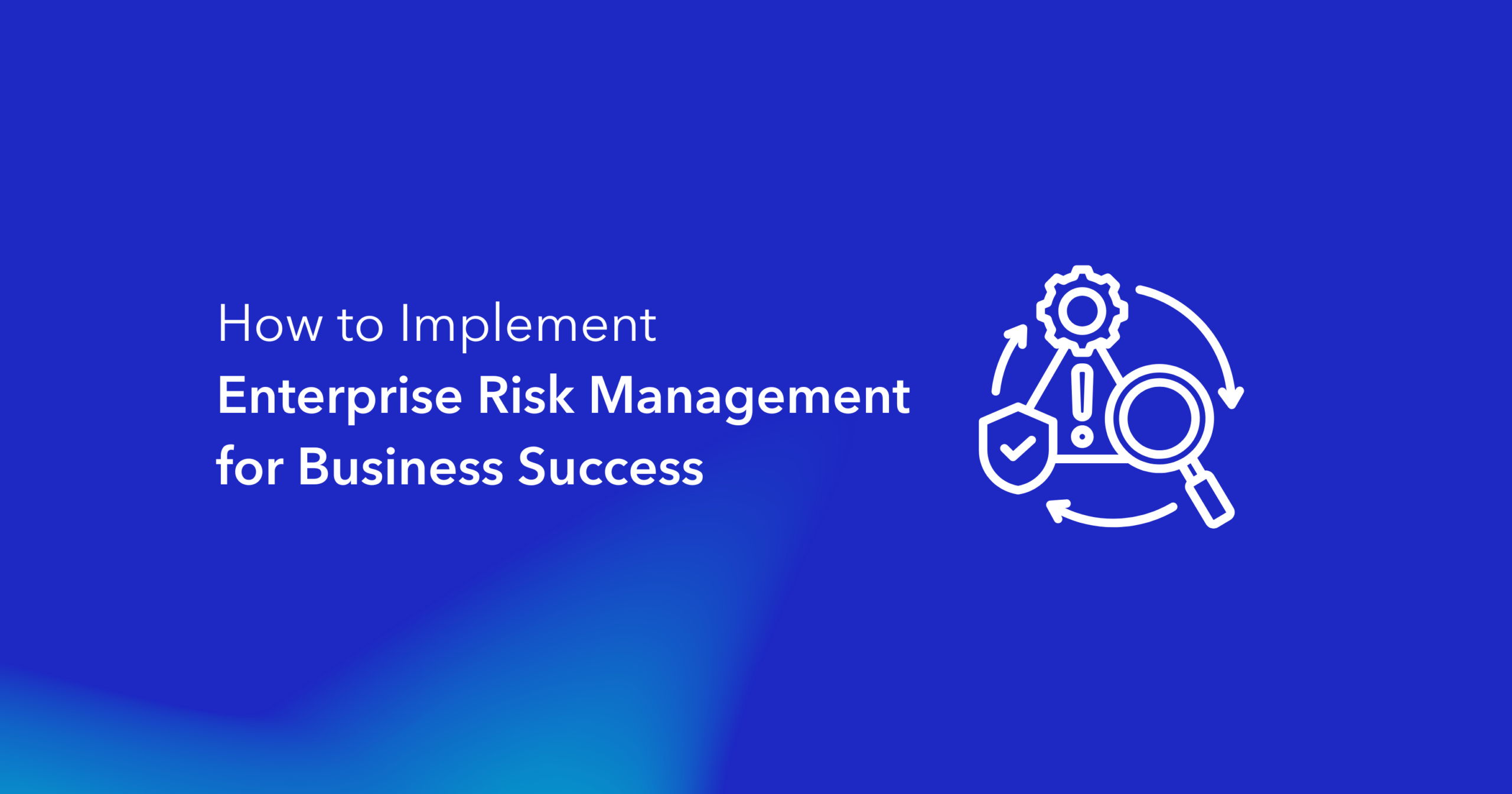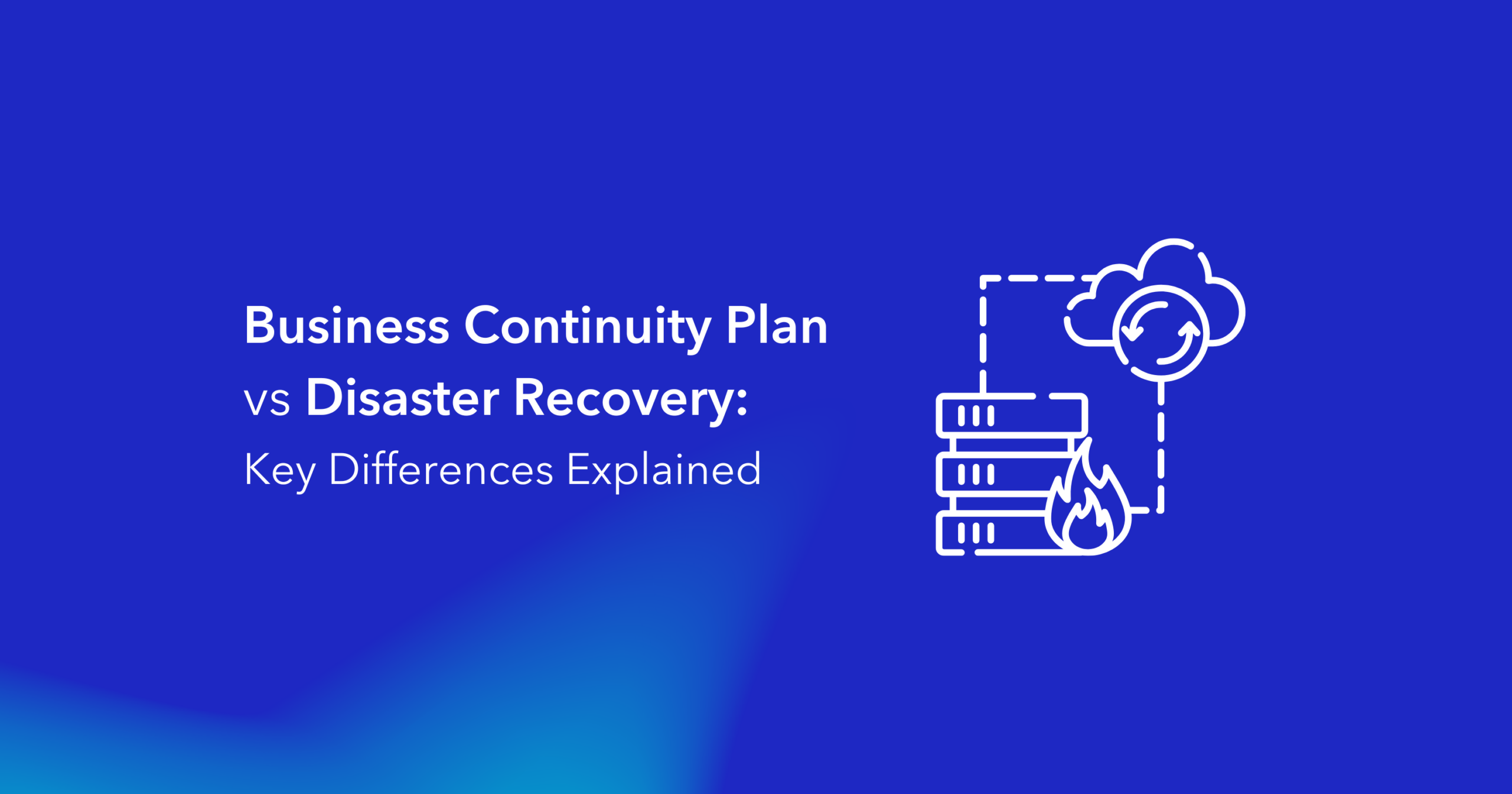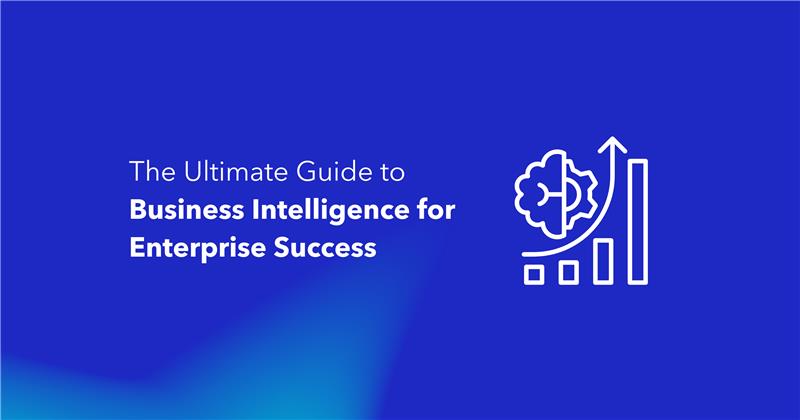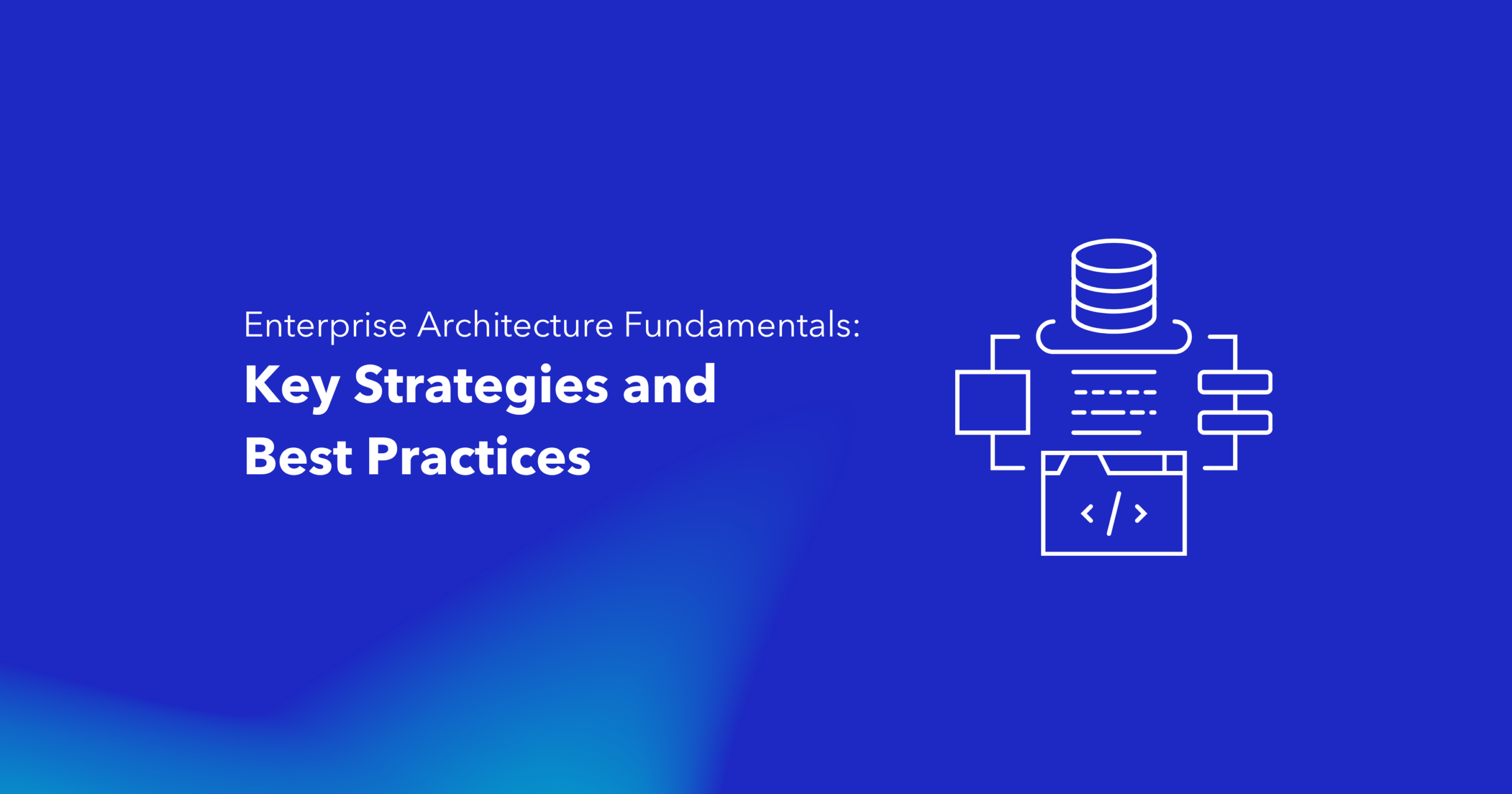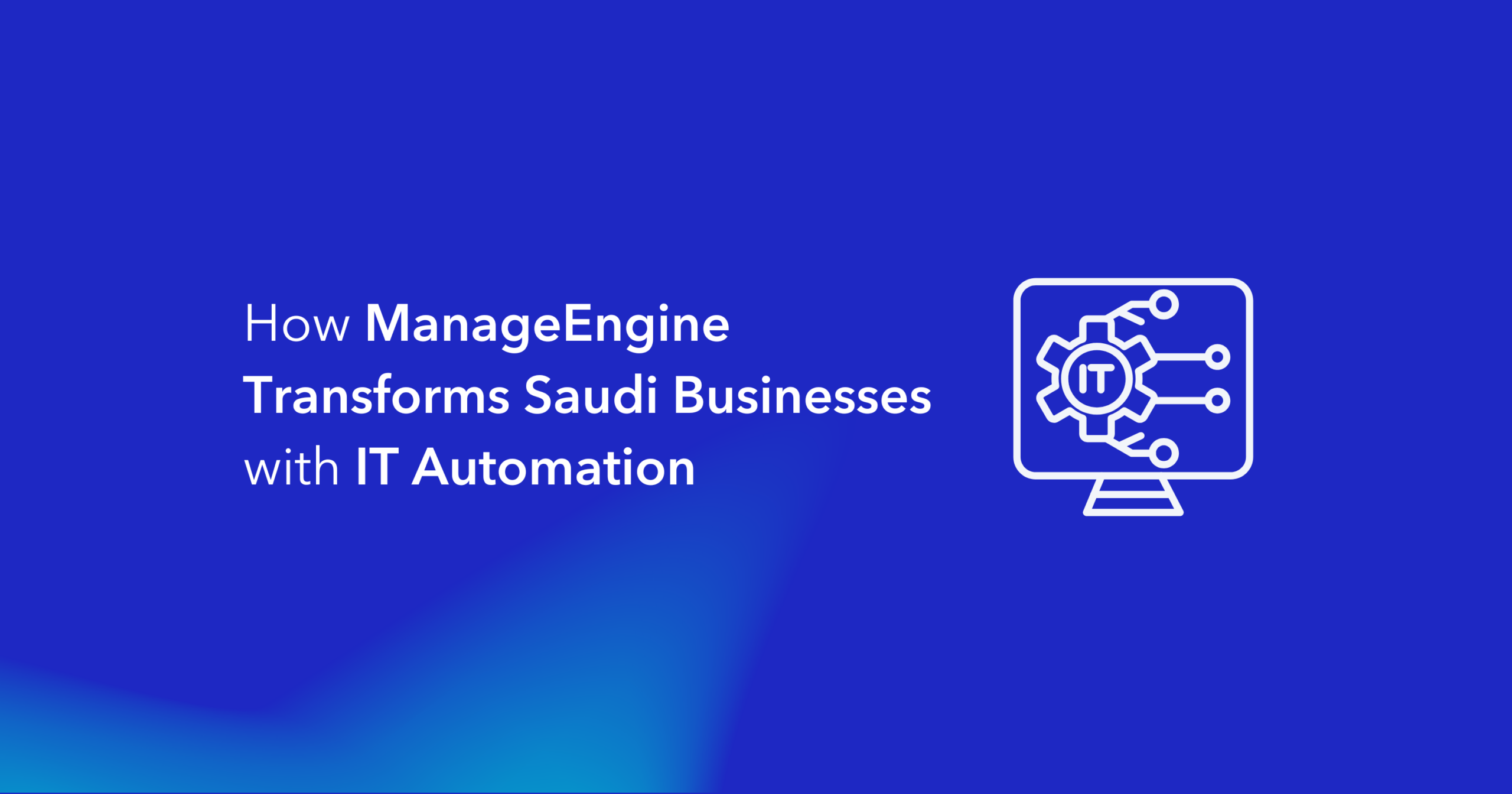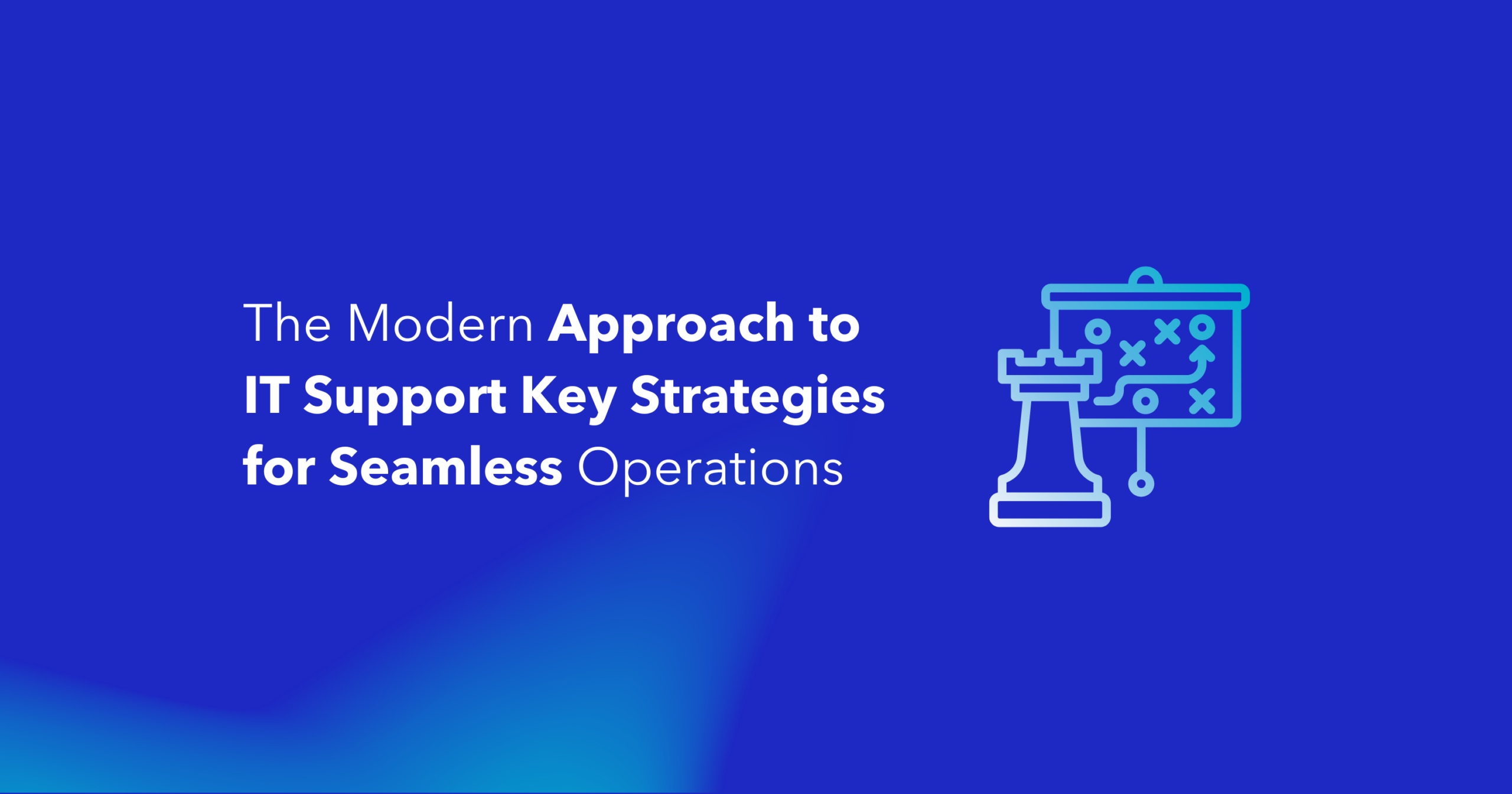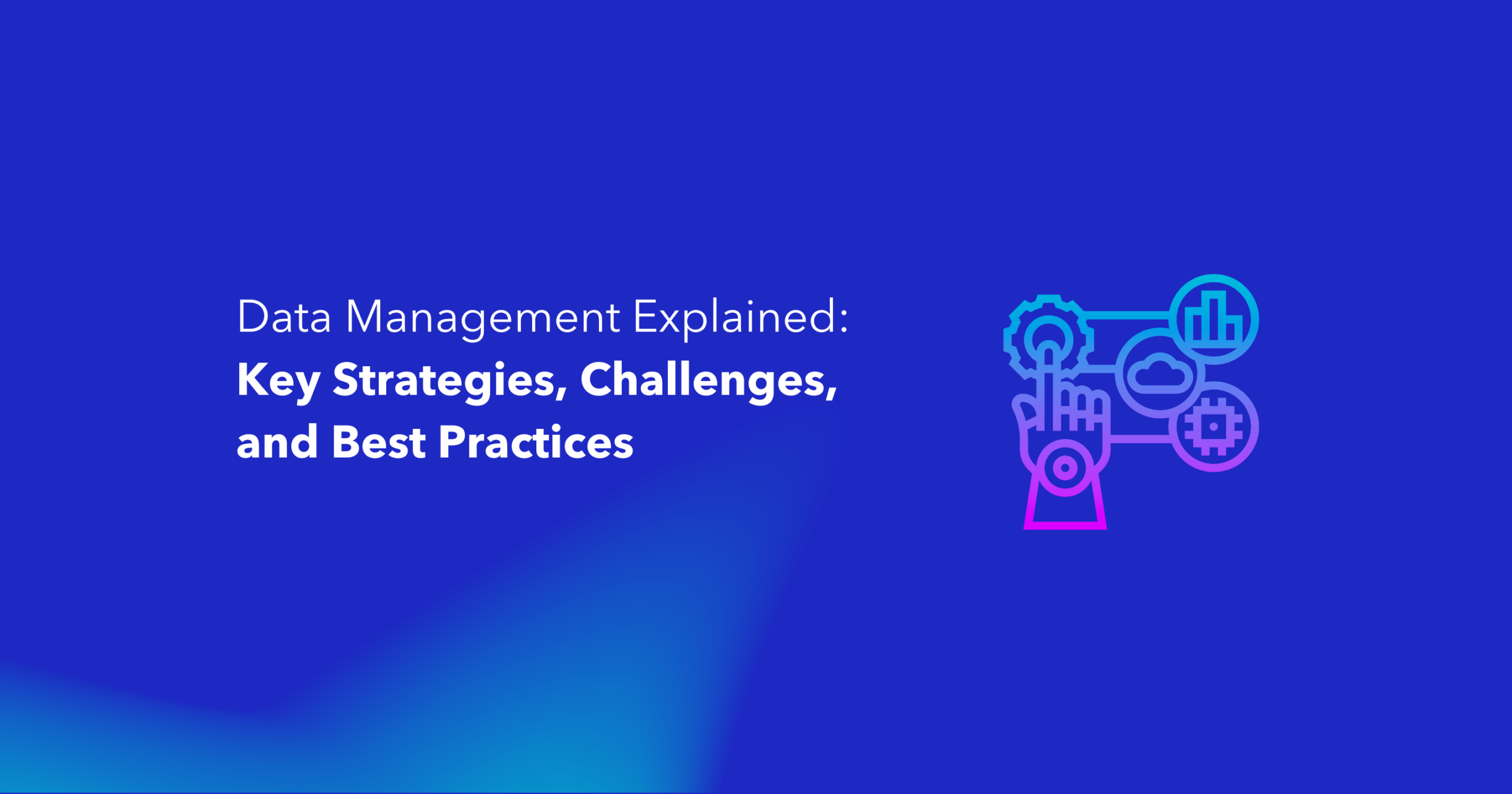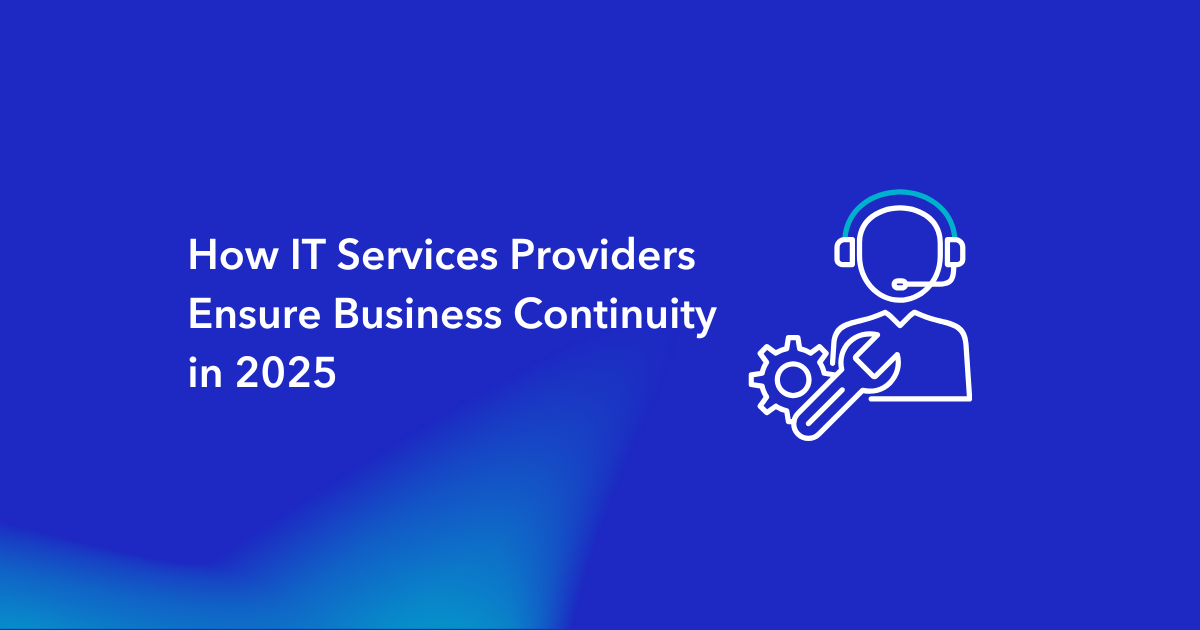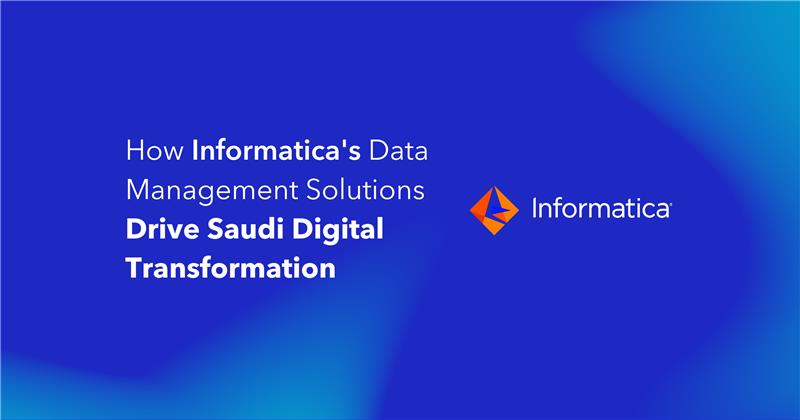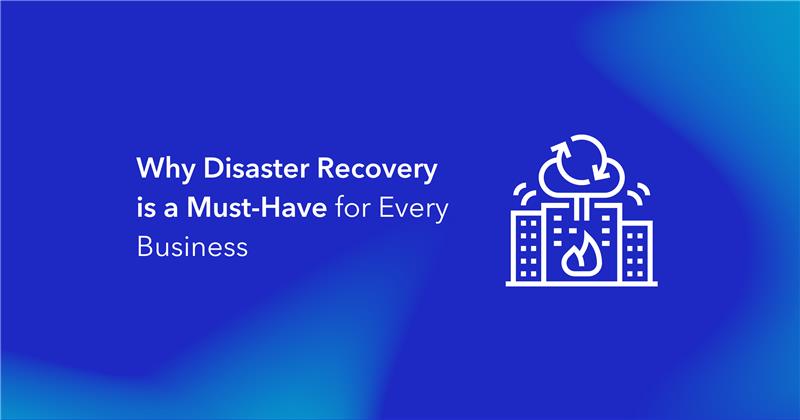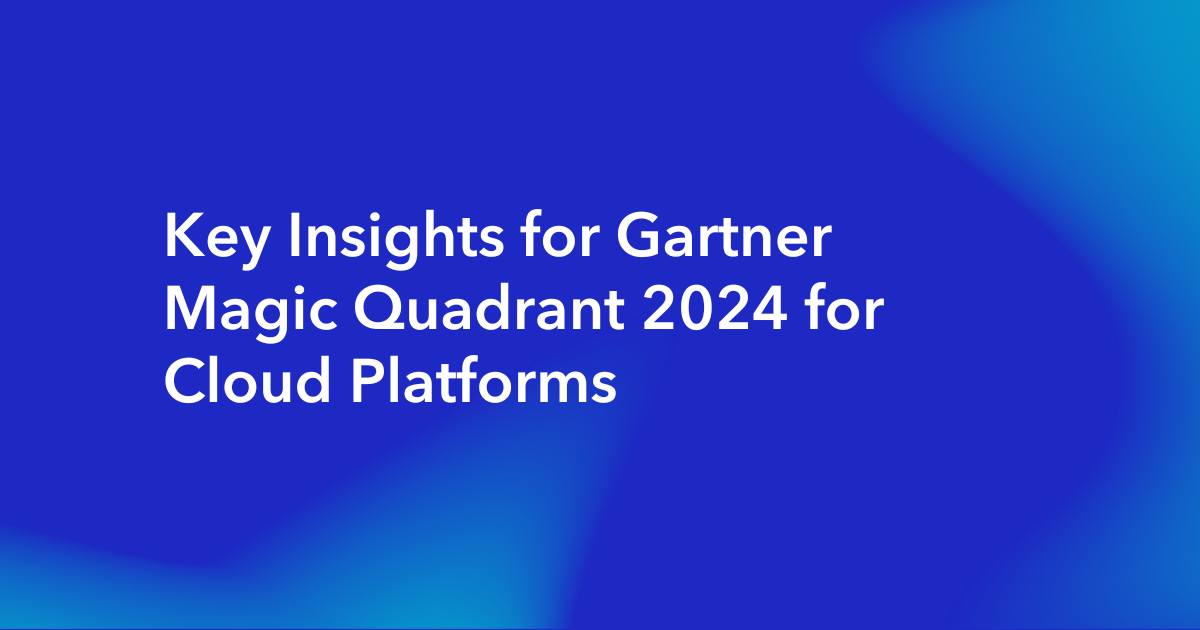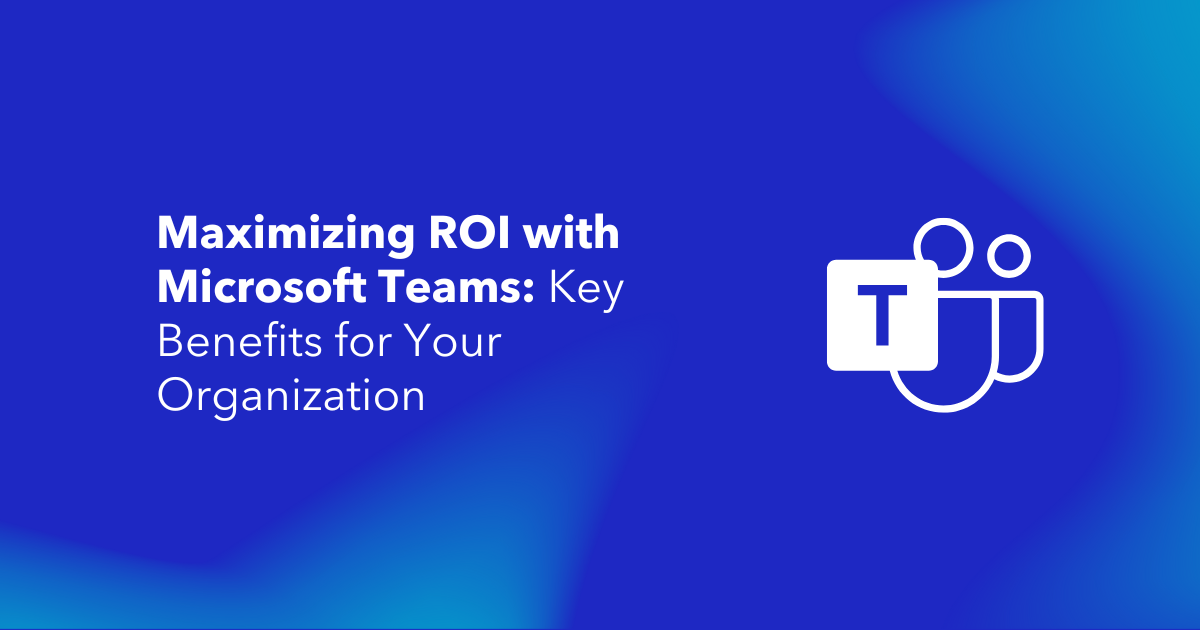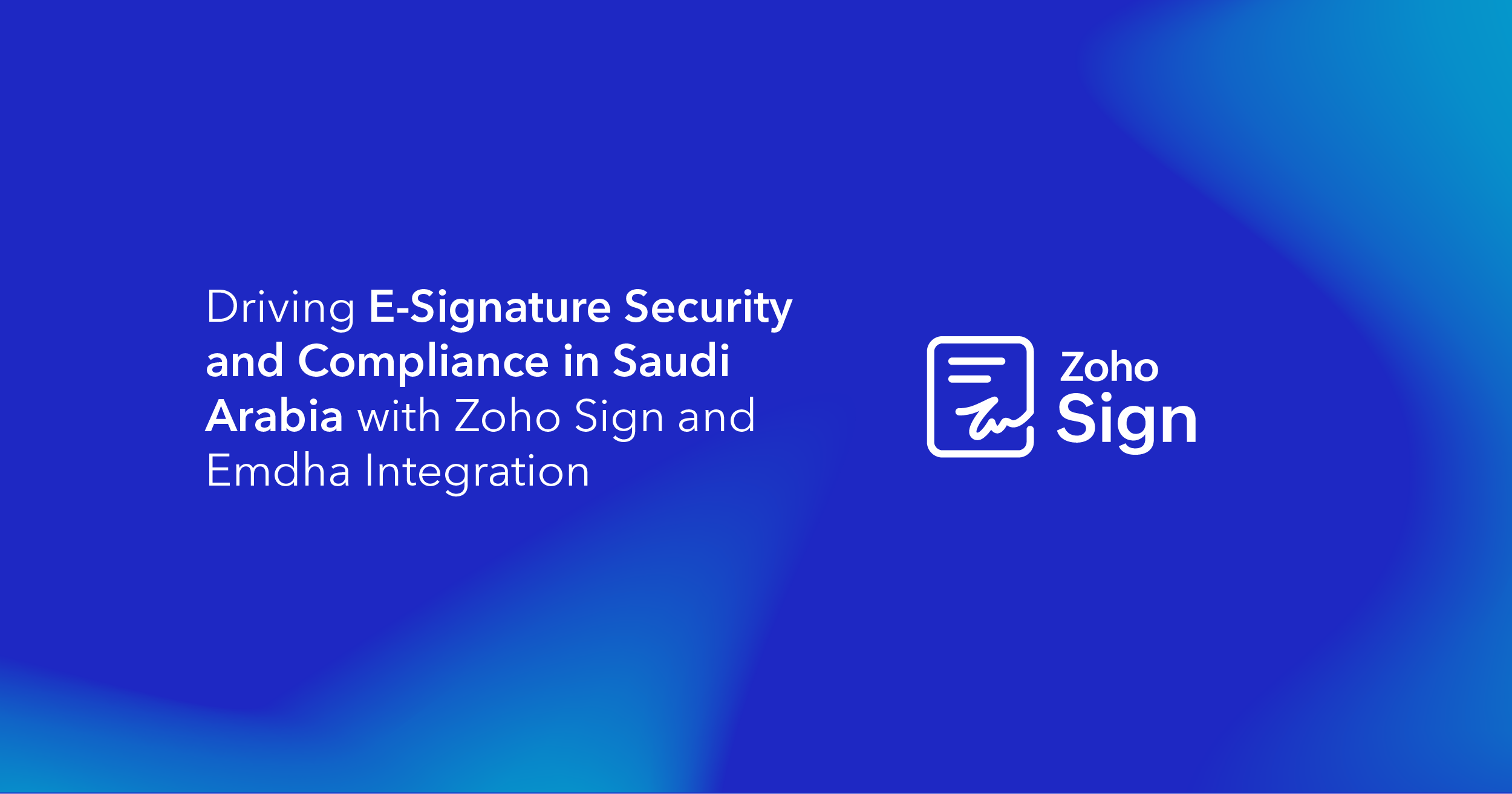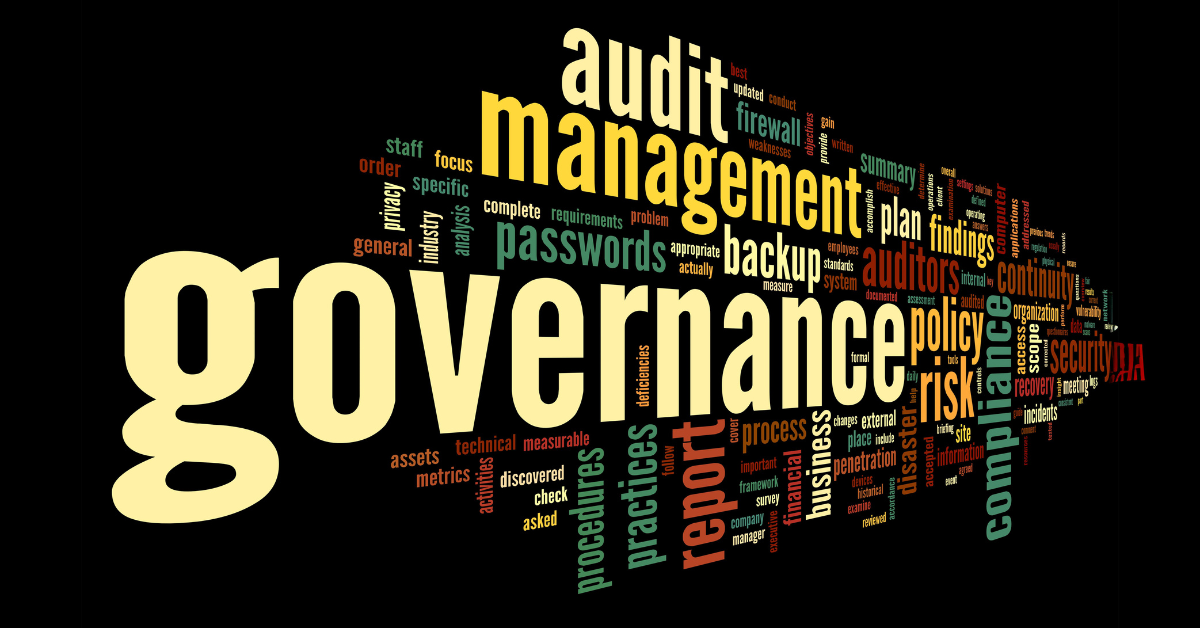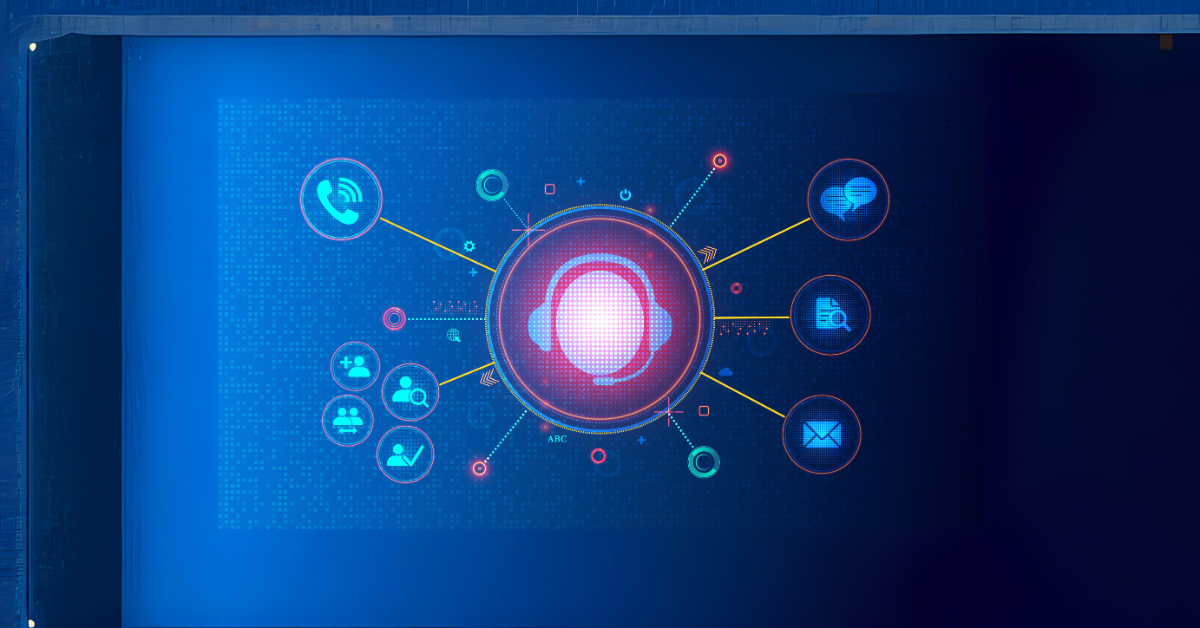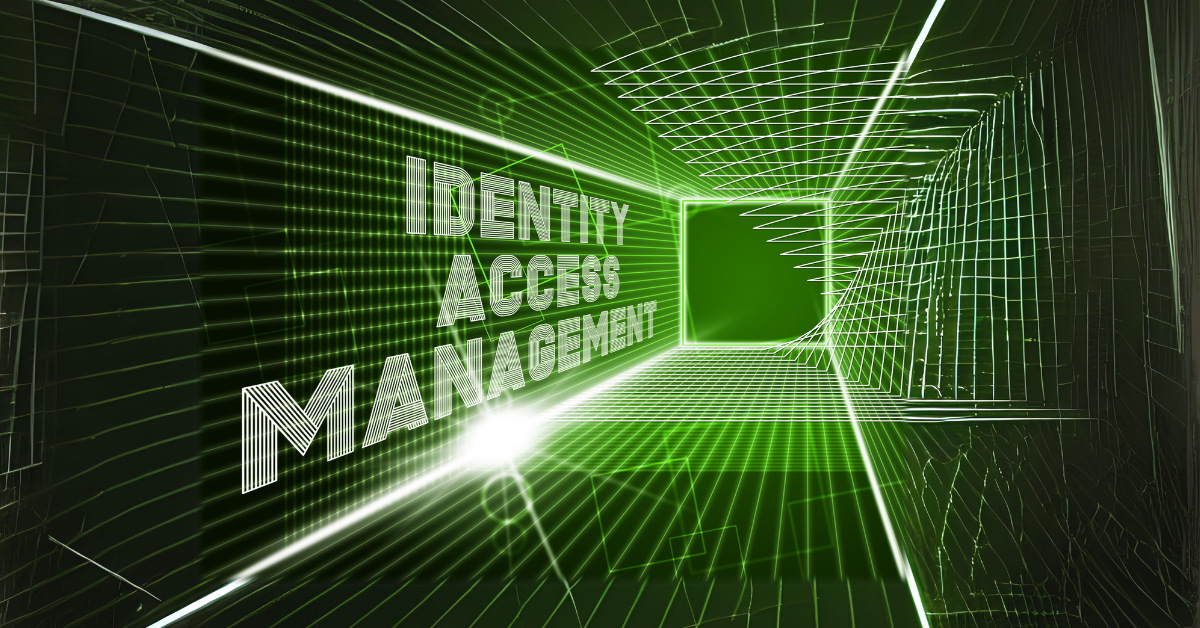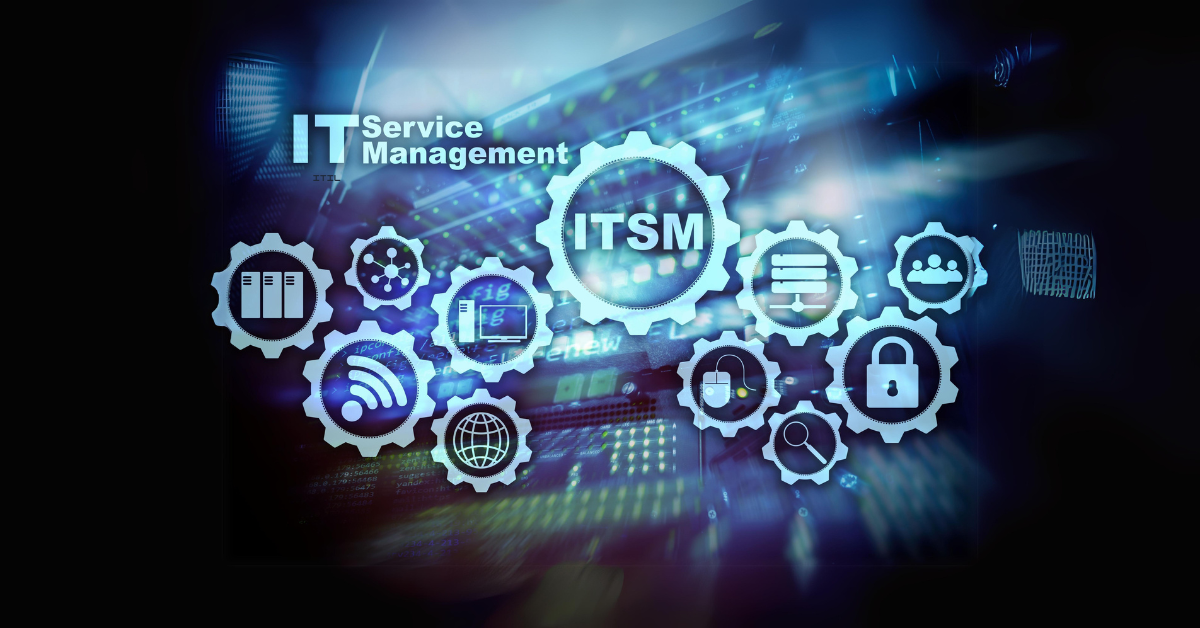Saudi Arabia’s cybersecurity market will grow from USD 4.63 billion in 2024 to USD 6.56 billion by 2029, which makes cybersecurity audits vital for your business. The National Cyber Security Authority (NCA) requires all government entities and critical infrastructure operators to follow complete cybersecurity regulations.
Your organization needs to comply with strict guidelines that include the Essential Cyber Security Controls (ECC) and Personal Data Protection Law (PDPL). These regulations specify detailed requirements for data collection, processing, and storage. Regular cybersecurity audits help detect system anomalies and patterns, especially when you have sensitive data to protect.
In this piece, you will learn everything about SAMA cybersecurity audits. The information covers preparation requirements and compliance strategies to help you build a resilient security posture in 2025.
Understanding SAMA Cybersecurity Framework 2025
“Overall, the SAMA Cyber Security Framework is very comprehensive and prescriptive by nature, propagating key cybersecurity principles and objectives to be embedded and achieved by each regulated entity.” — Delinea, Cybersecurity company
The SAMA Cybersecurity Framework helps financial institutions identify and address cyber security risks. This 2-year old framework defines core principles that help organizations implement, maintain, and improve cyber security controls.
Key Updates in SAMA Framework
The framework now makes Cyber Threat Intelligence (CTI) Principles mandatory for compliance since March 2022. These principles include four key areas:
- Core CTI principles for fundamental threat intelligence.
- Strategic CTI principles for identifying threat actor goals.
- Operational CTI principles for analyzing attack tactics.
- Technical CTI principles for recognizing cyber-attack markers.
Organizations must achieve at least Level 3 maturity in this six-level framework (0-5). The framework requires regular reviews and updates to tackle emerging cyber threats.
Scope of Compliance Requirements
SAMA regulates financial institutions of all types in Saudi Arabia, including banks, insurance companies, financing companies, credit bureaus, and financial market infrastructure. These organizations protect various information assets like electronic data, physical information, applications, databases, and technical infrastructure.
The framework’s four main control domains focus on cyber security leadership, risk management, operations technology, and third-party security. Organizations conduct risk assessments regularly, determine threat likelihood, implement appropriate responses, and monitor their control effectiveness.
Step-by-Step Cybersecurity Audits Preparation Guide
Getting ready for a SAMA cybersecurity audit needs careful planning and organization. A well-laid-out approach will give your organization the ability to meet compliance requirements and keep operations running smoothly.
Pre-audit Assessment Checklist
You should do a full self-assessment using SAMA’s questionnaire before starting the audit process. This assessment helps you spot any gaps in your security setup. Your checklist needs to cover:
- How you spot and analyze risks.
- How well your security controls work.
- Where you stand with SAMA frameworks.
- Whether your documentation is complete.
- How ready your team is.
Required Documentation
Keep detailed records of everything related to compliance. Your documents should focus on cyber security policies, risk assessment results, and incident reports. You’ll also need proof of regular security checks and how well you follow regulatory standards.
Team Roles and Responsibilities
The Board of Directors has the final say in cybersecurity oversight. They need to make sure there’s enough budget and sign off on the cyber security committee’s charter. The cyber security committee watches risk levels and looks over security strategies. The CISO runs daily security operations and develops security policies, while internal audit teams do their own independent checks.
Timeline Planning
Set up an audit cycle that matches your organization’s risk profile. You should schedule audits based on how critical your systems are and their risk levels. A formal audit plan should cover your people, processes, and technology. Remember to include follow-up steps to keep track of what the audit finds.
Common Cybersecurity Audits Findings and Solutions
“Data protection is among the key features that characterize the SAMA cybersecurity framework. Any fintech company that applies encryption protocols will ensure that the sensitive data it uses is protected and secure.” — IT Butler, IT services company
SAMA audits have revealed key patterns in cybersecurity vulnerabilities at Saudi financial institutions. The latest internal audit principles and compliance standards just need a more thorough approach to security control implementation.
Top Security Gaps Found in 2024
SAMA audits have exposed security gaps that show we need better protection measures. The most common findings include inadequate risk management processes and poor documentation of security controls. Financial institutions don’t deal very well with:
- Incomplete cyber security risk identification processes.
- Insufficient threat intelligence integration.
- Inadequate business continuity management.
- Limited up-to-the-minute monitoring capabilities.
- Gaps in employee security awareness programs.
Remediation Strategies
Organizations should see audit findings as chances to improve, not criticism. Remediation strategies work best when teams prioritize findings based on their severity and potential effect.
Teams should start by classifying vulnerabilities as critical, high, medium, or low severity. Each finding needs clear objectives that spell out desired outcomes and improvements.
Successful remediation needs specific teams or individuals to take charge of each finding. While this process needs substantial resources, automated monitoring tools can streamline compliance management and cut down manual work.
Internal audit teams should check if security controls work as planned. Regular checks help ensure that remediation efforts fix identified vulnerabilities and boost the overall security posture.
Cost and Resource Planning
Proper financial planning is the life-blood of successful cybersecurity implementation. SAMA framework requires boards of member organizations to allocate enough funds to execute cyber security activities.
Budget Allocation Framework
Organizations must start with formal practices for IT-related financial activities that arrange with strategic objectives. Regular budget monitoring and reviews help meet evolving IT and business needs. Your budget allocation should cover:
- Direct Costs:
- Hardware and software investments
- Security infrastructure
- Indirect Costs:
- Operational disruptions
- Implementation phases
- Training and awareness programs
ROI Calculation Methods
Return on Security Investment (ROSI) focuses on cost savings from prevented threats. The calculation method uses two key components: Annual Cost of Security Incidents Avoided and Annualized Loss Expectancy (ALE).
Your organization should think about both quantitative and qualitative benefits while assessing cybersecurity investments. The Payback Period metric shows how quickly security investments match original expenditures.
Regular assessments help your organization adjust security investments as new vulnerabilities emerge. This adaptable approach will give optimal resource allocation and maintains compliance with SAMA’s cybersecurity requirements.
Conclusion
Saudi Arabia’s digital world just needs strict compliance with SAMA regulations. Your organization’s security posture affects business continuity and stakeholder trust directly. The complete framework with new CTI principles gives clear guidelines to maintain strong cybersecurity measures.
Your organization should prepare well, document properly, and assign clear team responsibilities to pass SAMA audits. You must fix common security gaps through targeted fixes while putting the right resources into action. On top of that, measuring security investments’ ROI helps support the work to be done and will give long-term sustainability.
Alnafitha IT’s Cybersecurity Audits in Saudi Arabia will guide you through these complex requirements. Their expertise helps make compliance processes smoother and builds your security infrastructure stronger.
SAMA cybersecurity audits ended up becoming valuable tools that identify vulnerabilities and improve security measures. Your proactive approach to compliance and smart resource planning will protect your organization against cyber threats while meeting regulatory requirements in 2025 and beyond.
